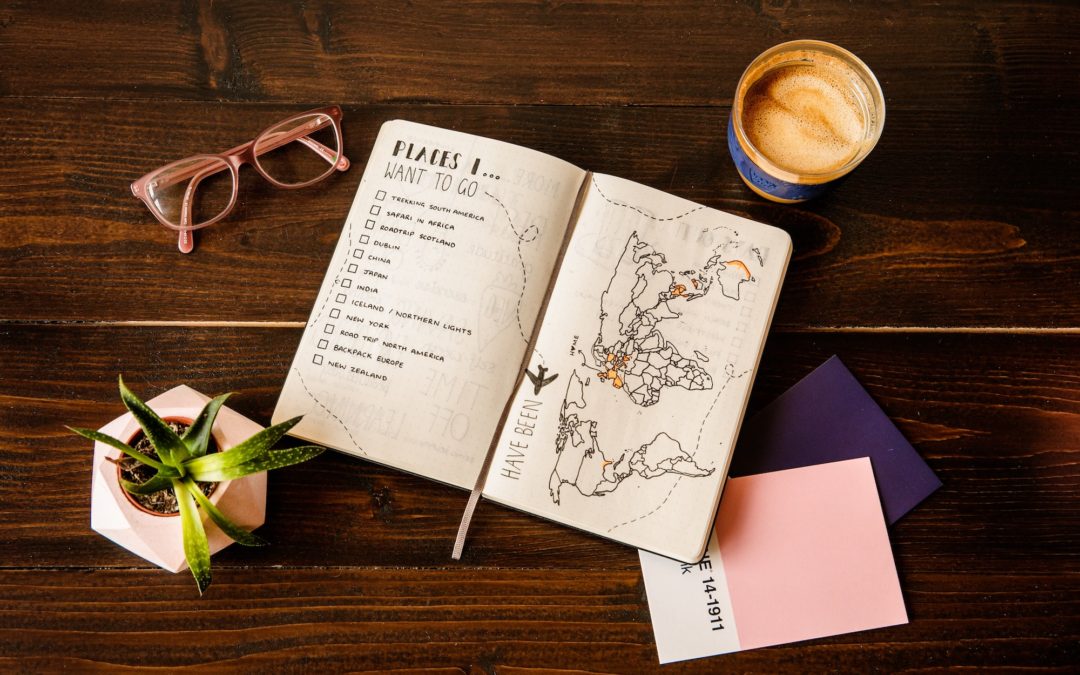
Journaling to Enrich Your Journeys
The Power of Journaling
Research shows that journaling can ease anxiety, increase emotional intelligence and even strengthen the immune system. If nothing else, I’d say that’s a pretty persuasive argument for developing a journaling practice, but there is really so much more to it than that, and the power of journaling goes far beyond those benefits mentioned. Journaling allows us to enrich our inner and outer journeys by helping us create a record of the present and make sense of the past, while also holding space for our dreams of the future. That makes for a pretty powerful tool in our arsenal of self-discovery and self-awareness.
Perhaps unexpectedly, journaling can be a powerful tool for meditation. It’s a way to engage in a more active form of meditation, as we anchor our thoughts into the pages of a journal, giving us a tangible representation of the feelings, beliefs and patterns that we live our lives by. Having this physical expression of our innermost landscape before us can create an opportunity to go deeper, develop greater insight into ourselves and, perhaps, use that new knowledge to make the changes we wish to see in our lives. Getting our thoughts and feelings out of our minds and onto the page is also a way to unburden ourselves and helps to create space within for flashes of inspiration or bursts of creativity that might otherwise be lost in the melee of our brains.
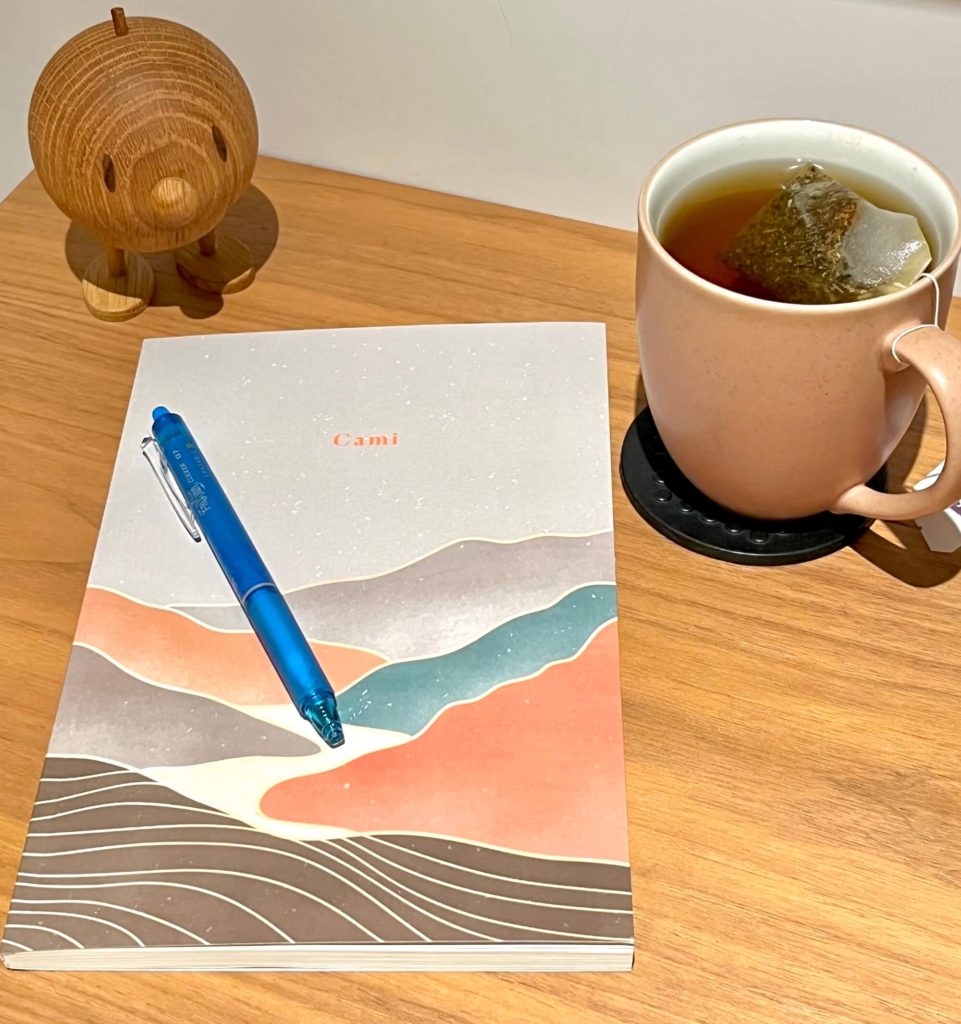
These days I’ve developed a pretty consistent journaling ritual.
My Journaling Journey
I recall how thrilling it was to receive my first diary when I was a child. It was one of those “secret” diaries that had its own key and everything, and the suggestion that I, at such a young age, would have secrets important enough to keep hidden from others’ prying eyes was the epitome of excitement. I don’t remember if I ever actually used those secret diaries or if just the idea of it is what made them so coveted, but as I got a bit older I do remember starting to journal in regular old notebooks (for some reason, not so worried about those prying eyes anymore). As I became a preteen, journaling turned into a crucial companion on my journey into teenagedom and continued to be so as I journeyed into adulthood.
My high school years were some of my most prolific journaling years and although I seem to have gotten rid of most of my journals from those days somewhere along the line – nobody could accuse me of hoarding – I recall with alarming clarity all the angst and crises of confidence that filled their pages. Being a teenager is hard and journaling was one way for me to navigate those difficult waters without capsizing.
“Journaling allows us to enrich our inner and outer journeys by helping us create a record of the present and make sense of the past, while also holding space for the future.”
By the time I got to college, time for journaling seemed to escape my grasp as attending lectures, researching, and writing papers took precedence but, every now and then I would return to a notebook and jot down some random thoughts about how lost I felt, question every decision I had made in my life up to that point, wonder what the hell all of this was for and complain about college life in general. I don’t have many of those journals left over either. I think I may have subscribed to the idea that once you got your angsty thoughts down on paper, it was best to make them disappear as quickly as possible instead of returning to them again years later. Although, I do wonder sometimes if there might be any gems living on those pages that I so carelessly threw away when I thought they no longer served me.
So, journaling has pretty much been a part of my life, in one way or another, since I was young. In the past few years in particular – well into adulthood – my journaling practice has become a cornerstone of not only getting to know myself better through deep and honest self-reflection, but also as a means to cultivate daily gratitude, as a method to organize my time and energy effectively and, crucially, as a way to more deeply connect with my travels.
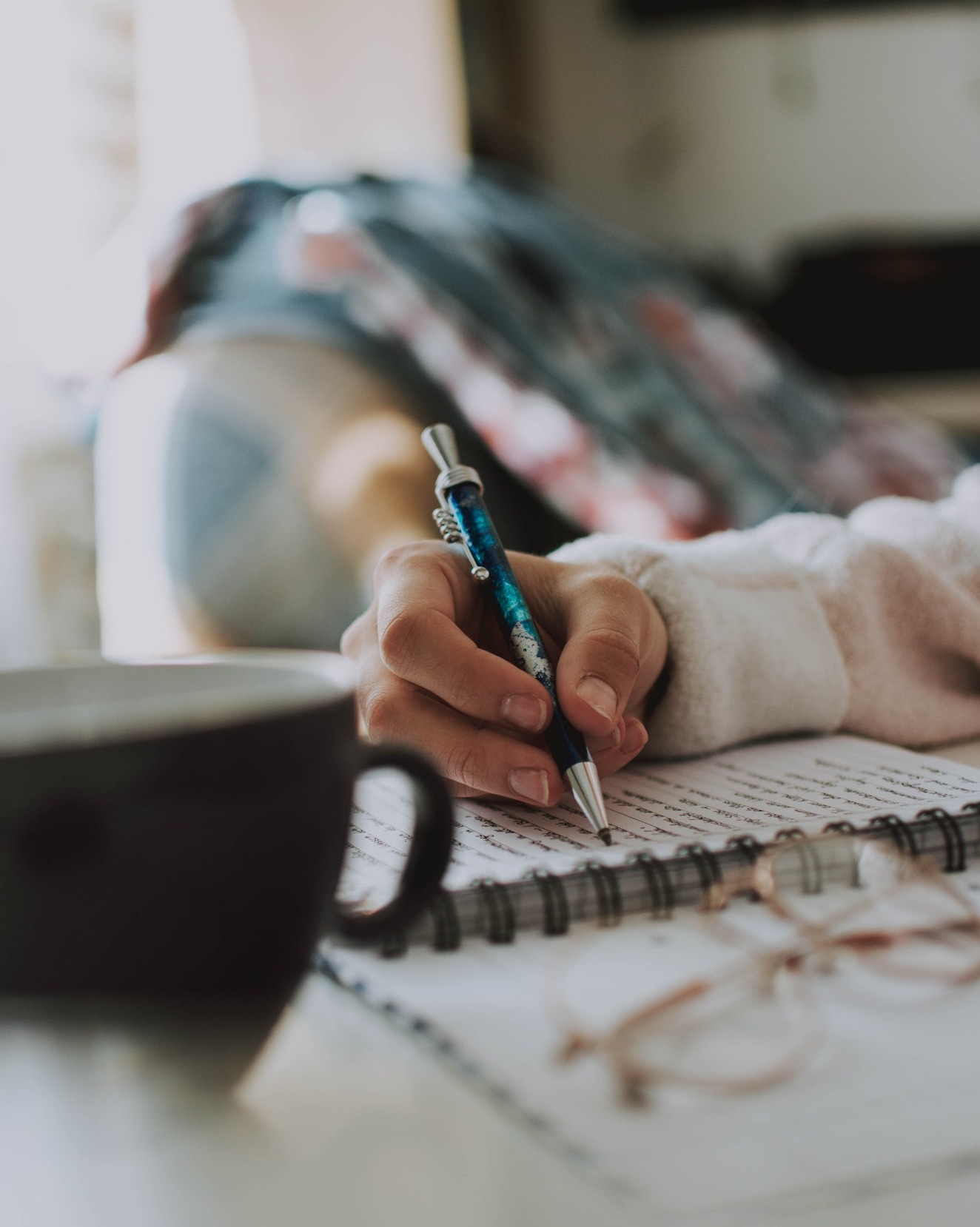
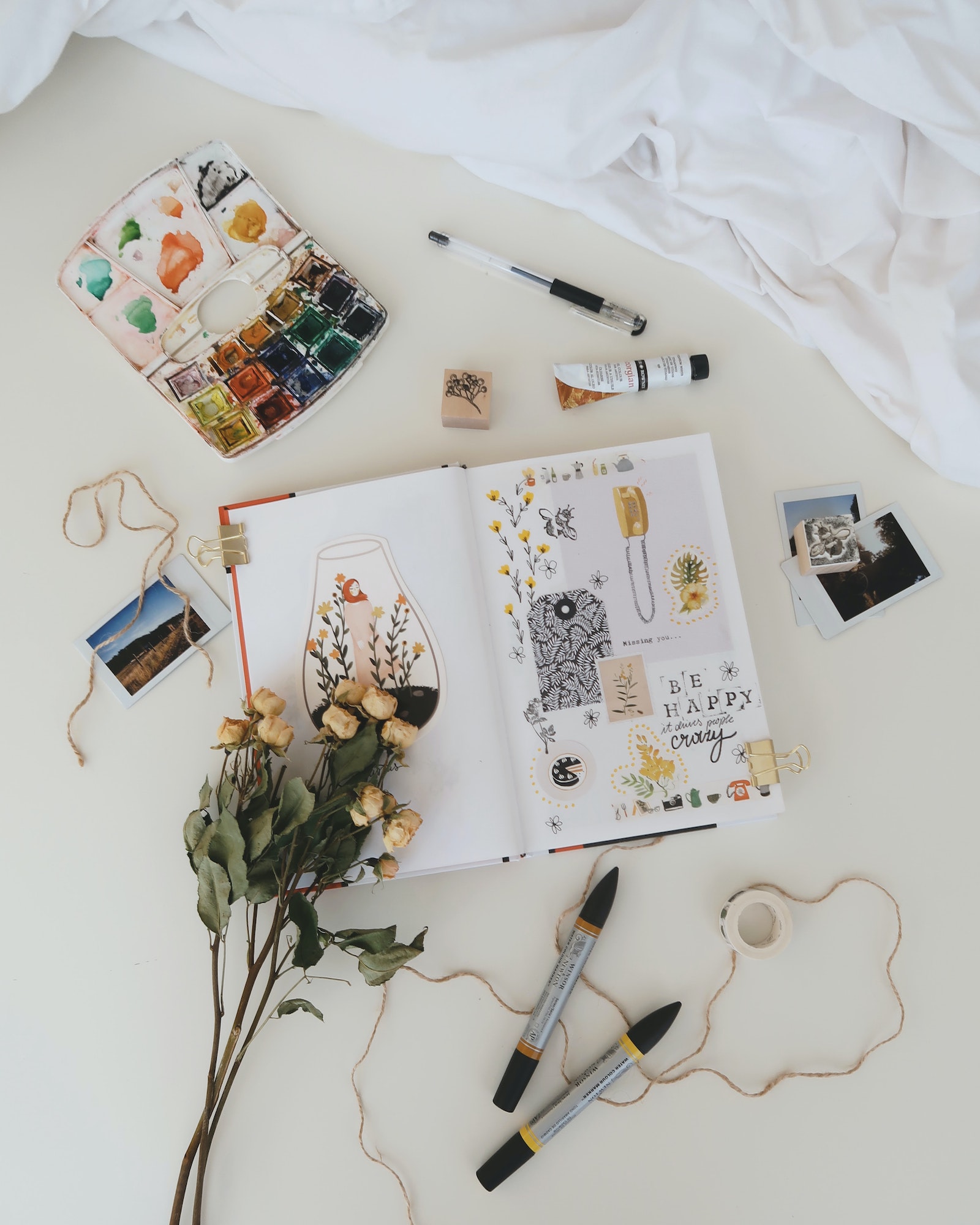
Travel Journaling
Travel journaling can take many forms. The most well-known type of travel journaling is probably scrapbooking, which entails keeping track of details like meals you enjoyed, sites you visited and activities you participated in while on your travels, as well as collecting accompanying items like ticket stubs or restaurant menus that you can then use to create an album of your trip upon your return. This album also often includes details of events or experiences of particular note during your trip, and any photographs you may have taken that are connected to those experiences. Scrapbooking is a wonderful travel journaling technique that will create tangible memories from your travels that you can return to again and again to recapture the feelings your travels evoked.
A different kind of journaling practice that people might take on their travels with them takes a more journalistic approach. This type of travel journaling relies more upon meticulously taking notes on everything you did, saw, ate and visited, almost as if you were a journalist gathering information for an article about that particular destination or experience. It is also another good way to keep track of the details of your travels and provides a tangible recollection of everything you experienced during that trip that you can look back upon later. This is also a useful approach for travel bloggers or travel writers that can later draw upon their journal for the information they need to populate their travel writing.
Some people may just take their regular, daily (or weekly) journaling practice on the road with them when they travel and this is certainly another valid option. It may be a simpler option to start off with, if you are just going to give travel journaling a try for the first time. All that is required is that you bring your normal notebook or journal from home and just maintain your usual practice – whether that’s journaling first thing in the morning, or writing snippets of thoughts throughout the day, or journaling in the evening before bed – in whatever destination you happen to be visiting. In this case, interspersing some musings about your travel experience in your daily journaling practice may come very naturally and feel very organic, so there is no need to foster any other journaling techniques or add anything to your regular practice beyond what you already do that feels comfortable and familiar.
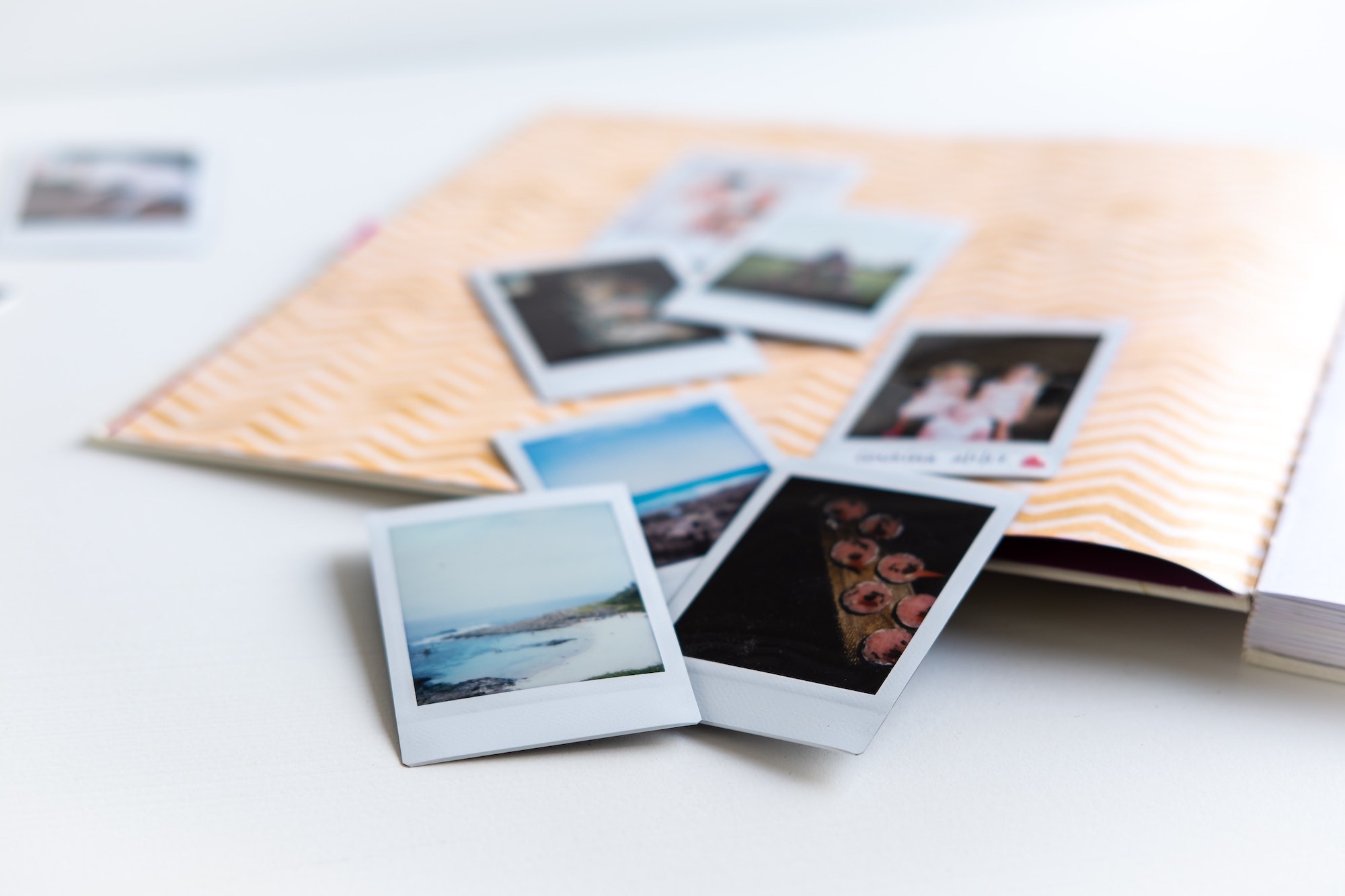
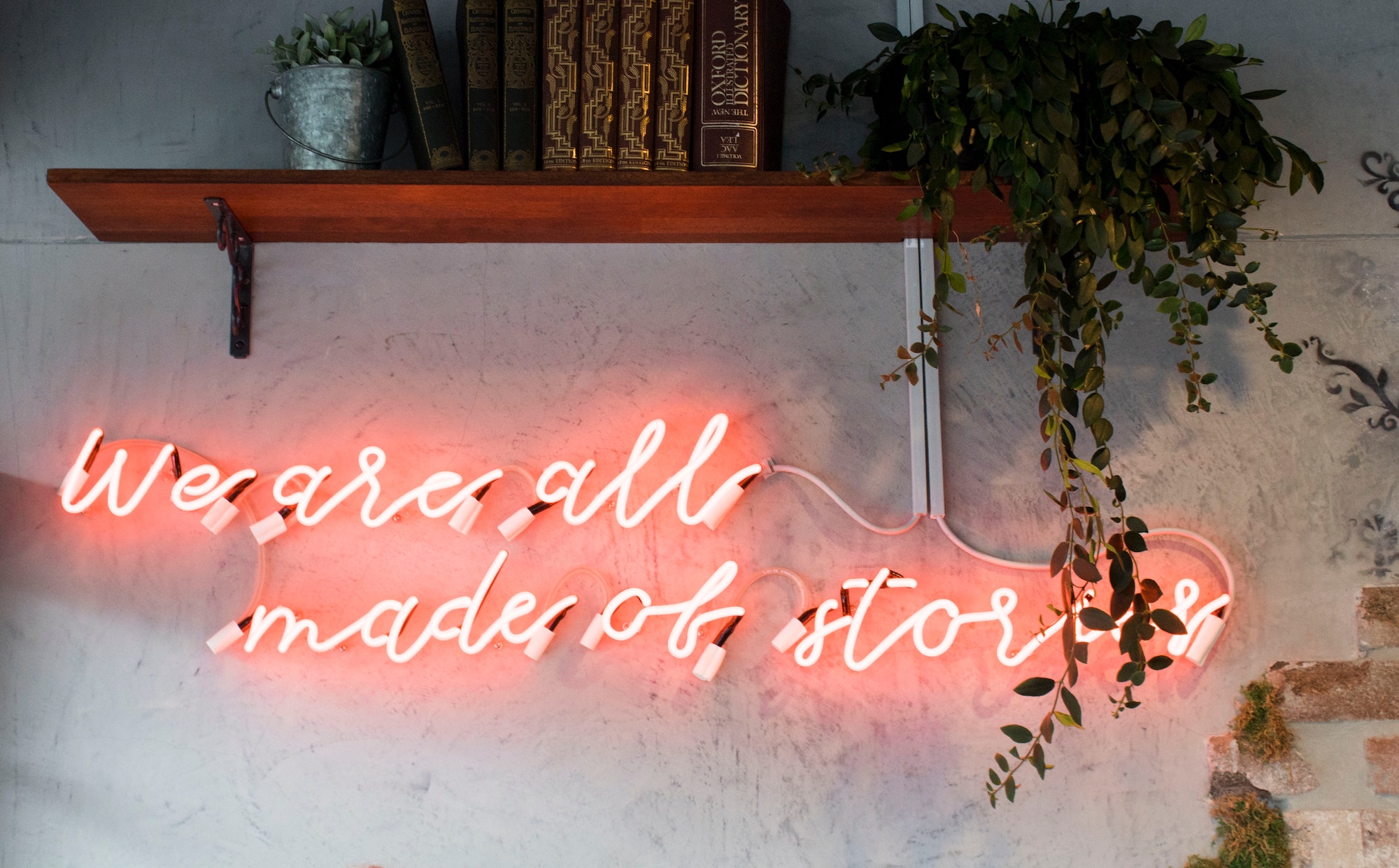
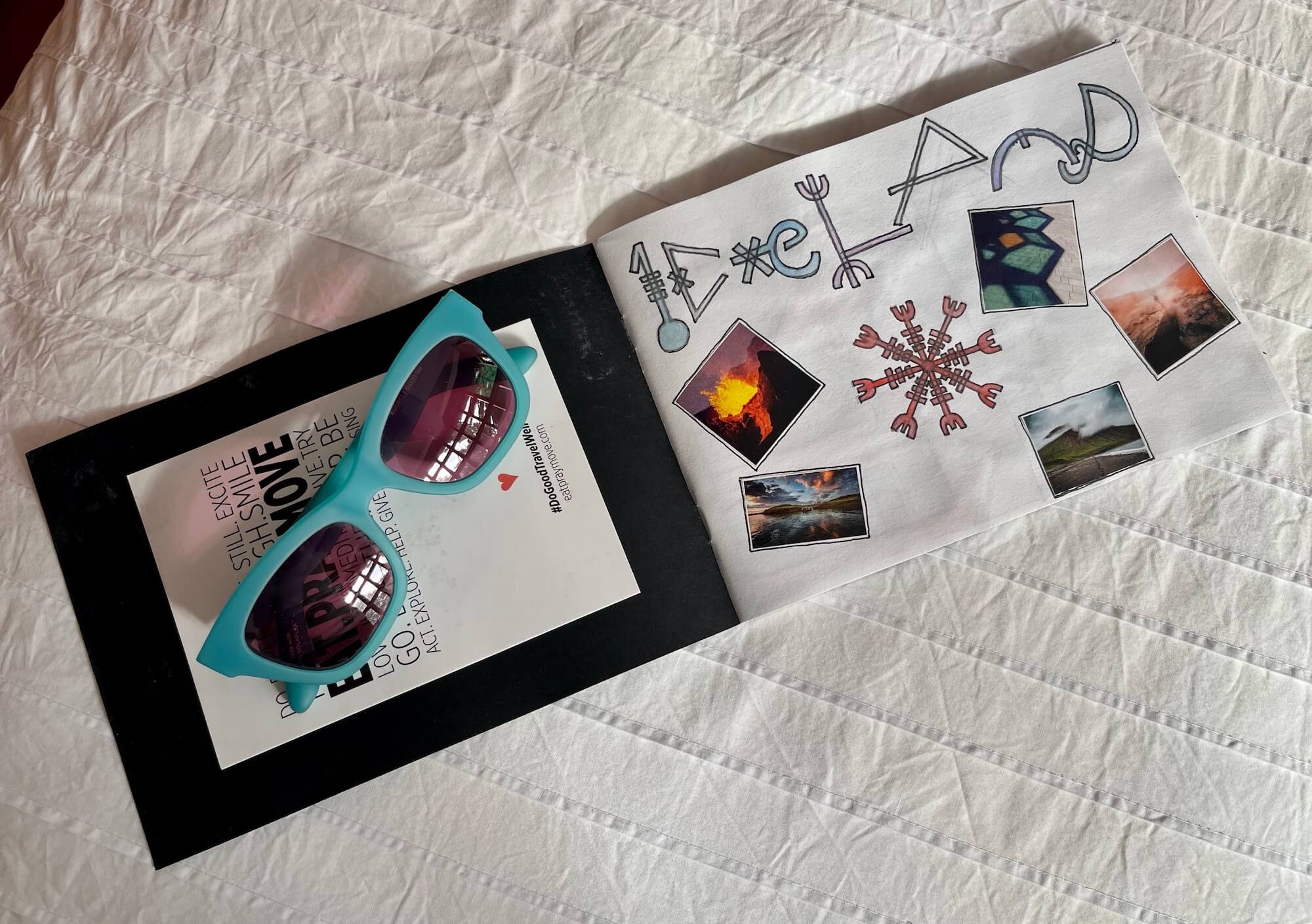
Creating a Mindful Travel Journal
And then there is mindful travel journaling, which I would say takes a bit of a more intentional approach to keeping a travel journal. When we take our journal on the road with us and use it to intentionally deepen and enrich our experience of a destination and all of its facets, that practice can add a whole other dimension to our travels. Mindful travel journaling might perhaps take a bit more of an effort than other types of journaling, in the sense that it asks for greater awareness and presence from our travels and, also, from our journaling practice, but it helps us to create more space for the travel experience to unfold.
When I think about using mindful journaling to create more meaningful travel experiences, I first set about laying out my intentions for a particular trip. I reflect upon my Core Values and how I can apply them to my travels, and I use these values to inform the intentions I choose to set for my travel experience. This allows me to go into the experience with a more purposeful, grounded and connected state of mind, which in turn helps me to remain more present and open while on my travels. As part of a mindful travel journaling practice, I review my intentions every morning before setting out for a day of exploration and discovery, helping me to stay connected to myself while I explore. It can also set a theme of sorts for your travels, which may be a good way to open yourself to new experiences that you may otherwise not have sought out or been willing to engage in.
I find that keeping a mindful journaling practice during my travels also inspires my curiosity and sparks my creativity. By getting our thoughts and feelings out of our heads and onto the page in an intentional and mindful way, we make room for ideas to emerge that might otherwise have been stifled in our ever-busy minds. Suddenly, we may find ourselves more open to stepping out of our comfort zones, showing up in new ways and engaging with the world in a way we never have before. This, in turn, fosters myriad opportunities for new ideas to be born and expressed from within us.
The deep awareness that mindful travel journaling can bring also encourages us to keep our hearts and minds open, to lean into our curiosity and to more fully accept ourselves, thus increasing our capacity for more fully accepting others. It gives us plenty of opportunity to explore how similar we truly are as humans – despite cultural, religious, ethnic, national differences – and sheds light on all that we actually share. This practice nurtures a powerful and impactful approach to travel that is founded upon experiencing a destination and all of its facets as fully and consciously as we possibly can. And when we use mindful travel journaling to achieve this, we not only enrich our journeys, but we also enrich ourselves.
Travel Journling is one of the tools I teach in my Mindful Travel Coaching programs. If you’d like to learn more about how you can enrich your journeys through journaling, sign up for a free discovery call here.
Written By Camila
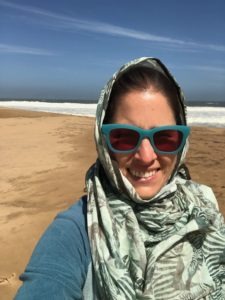
Seeker, Storyteller and Mindful Traveler

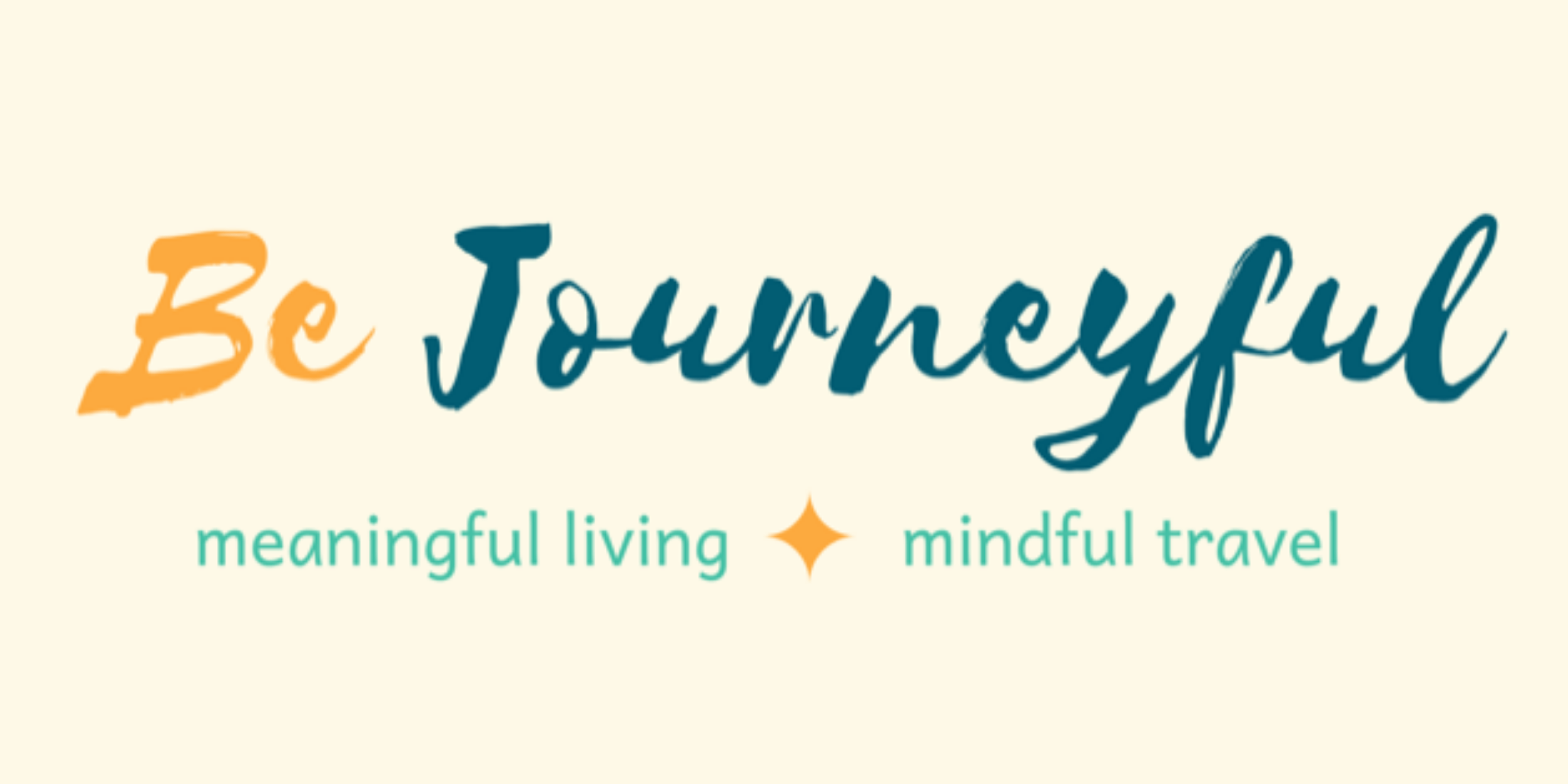
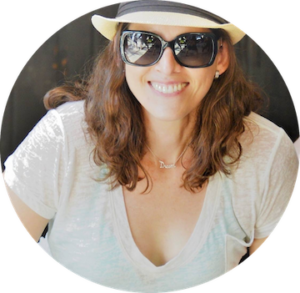
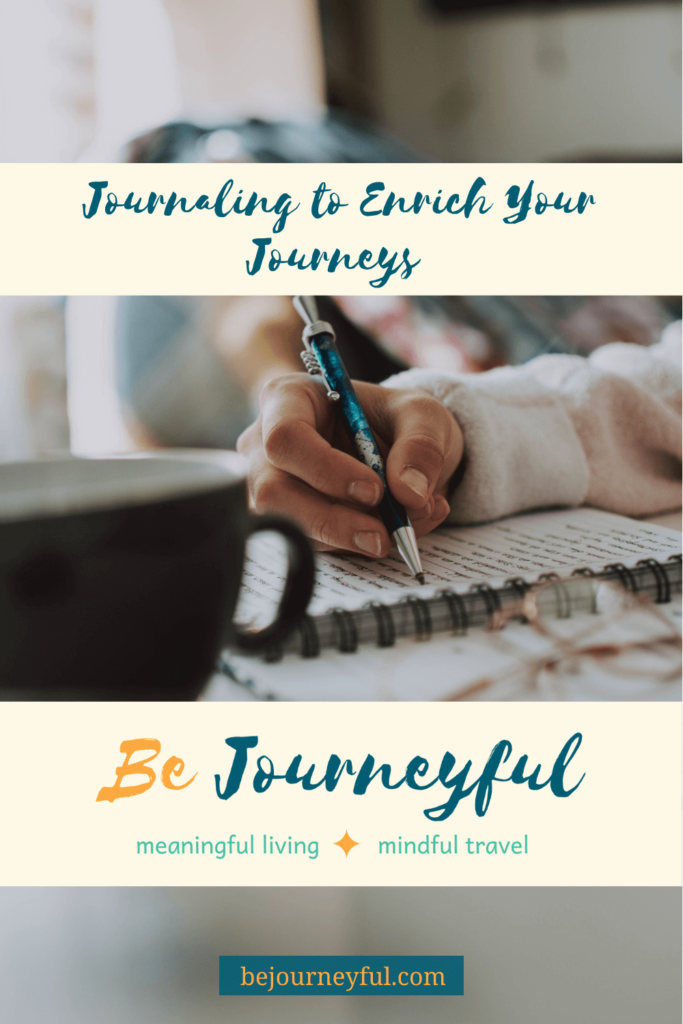
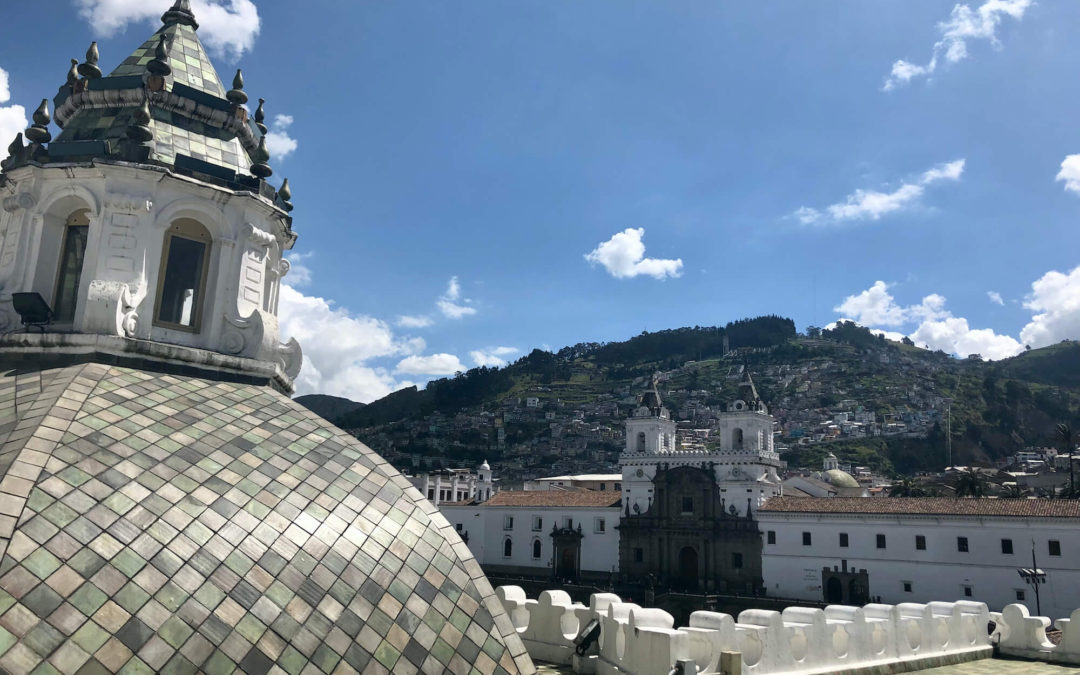
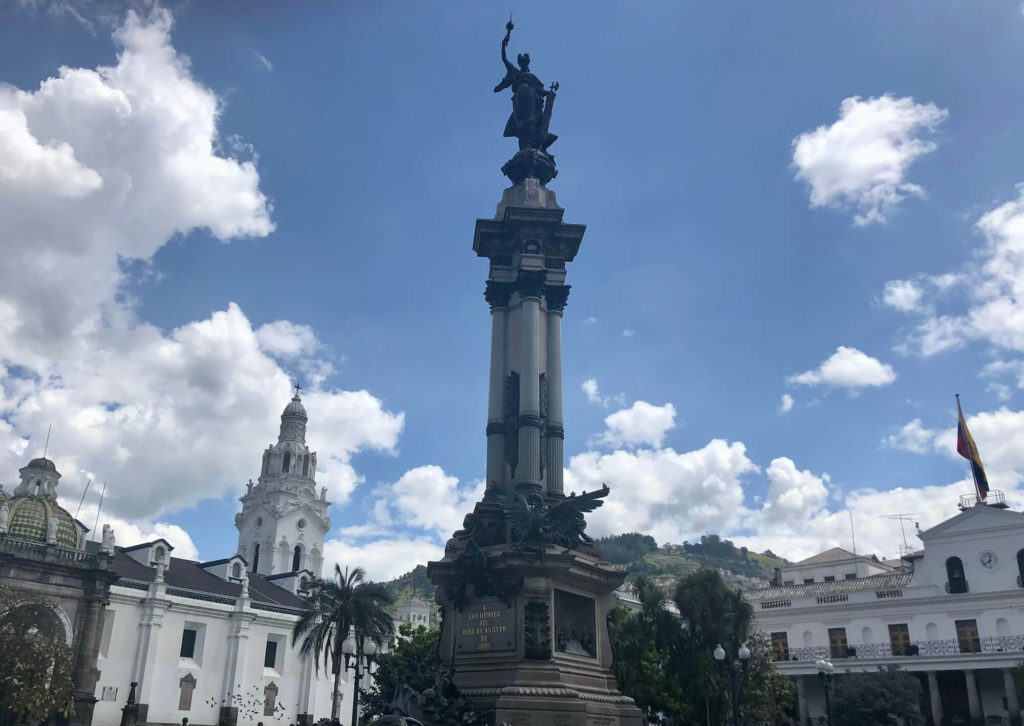
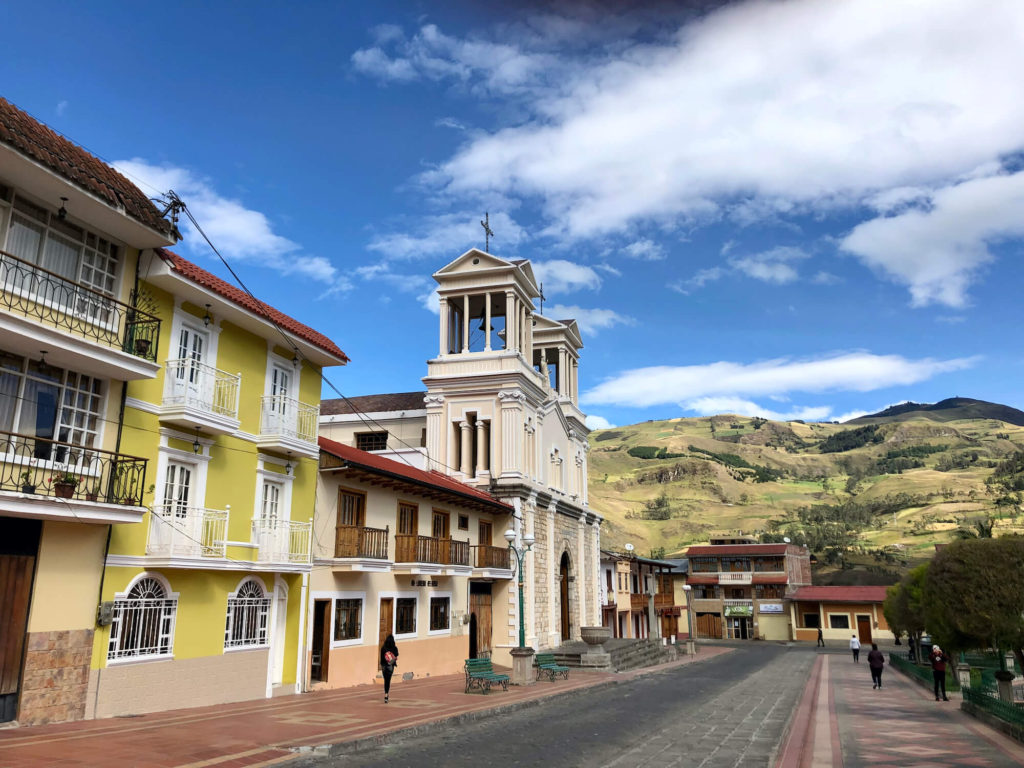
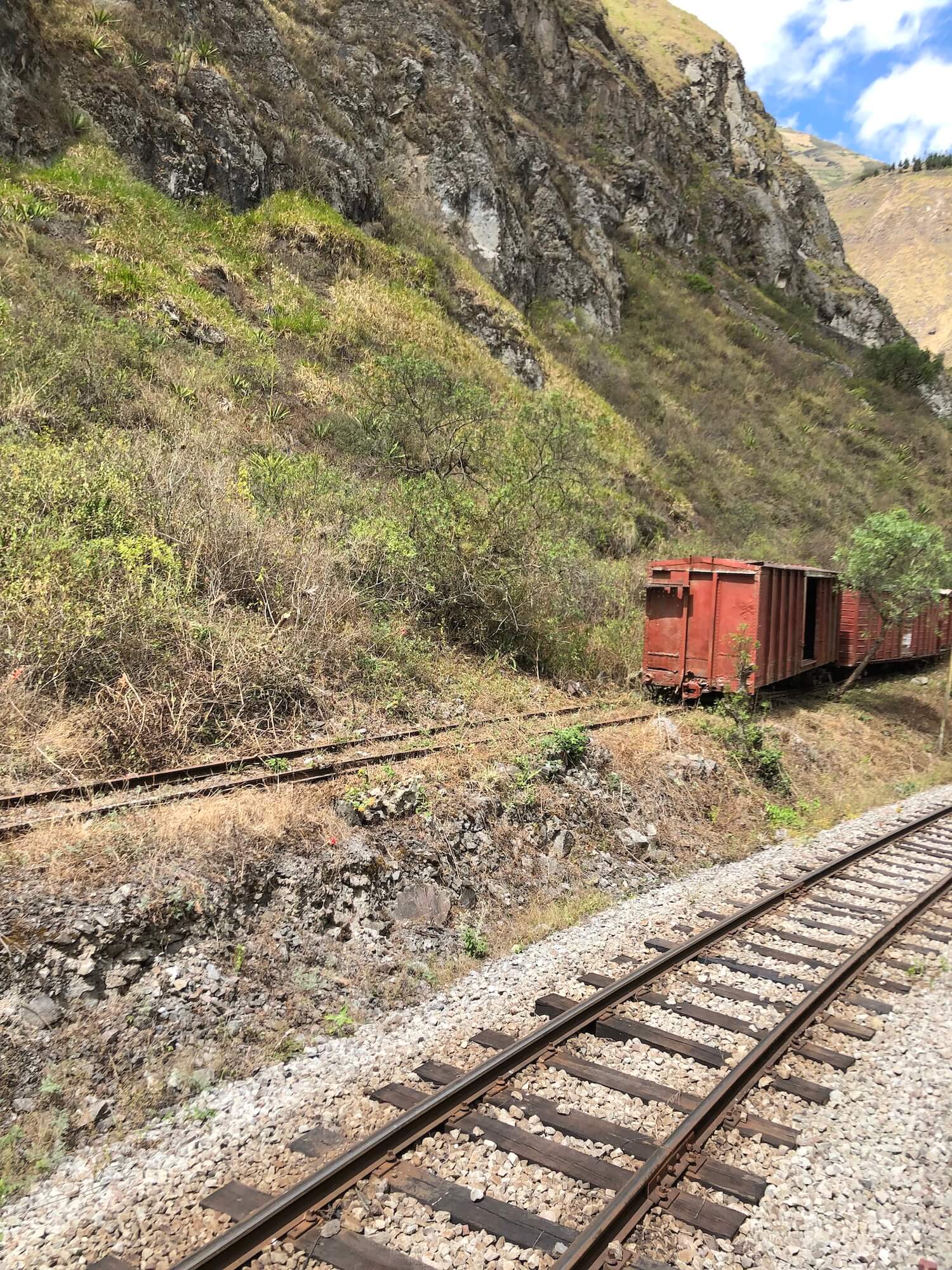
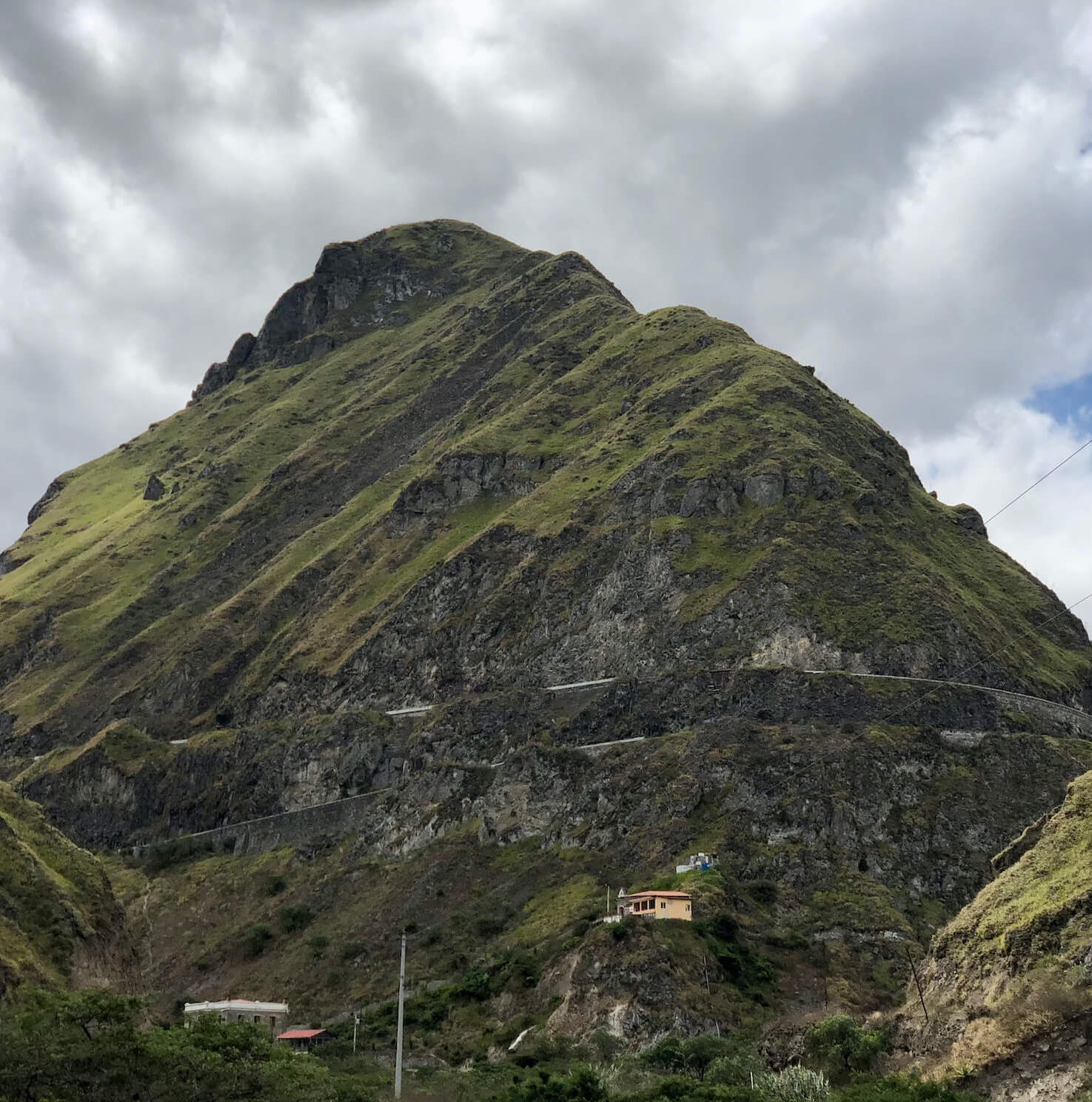
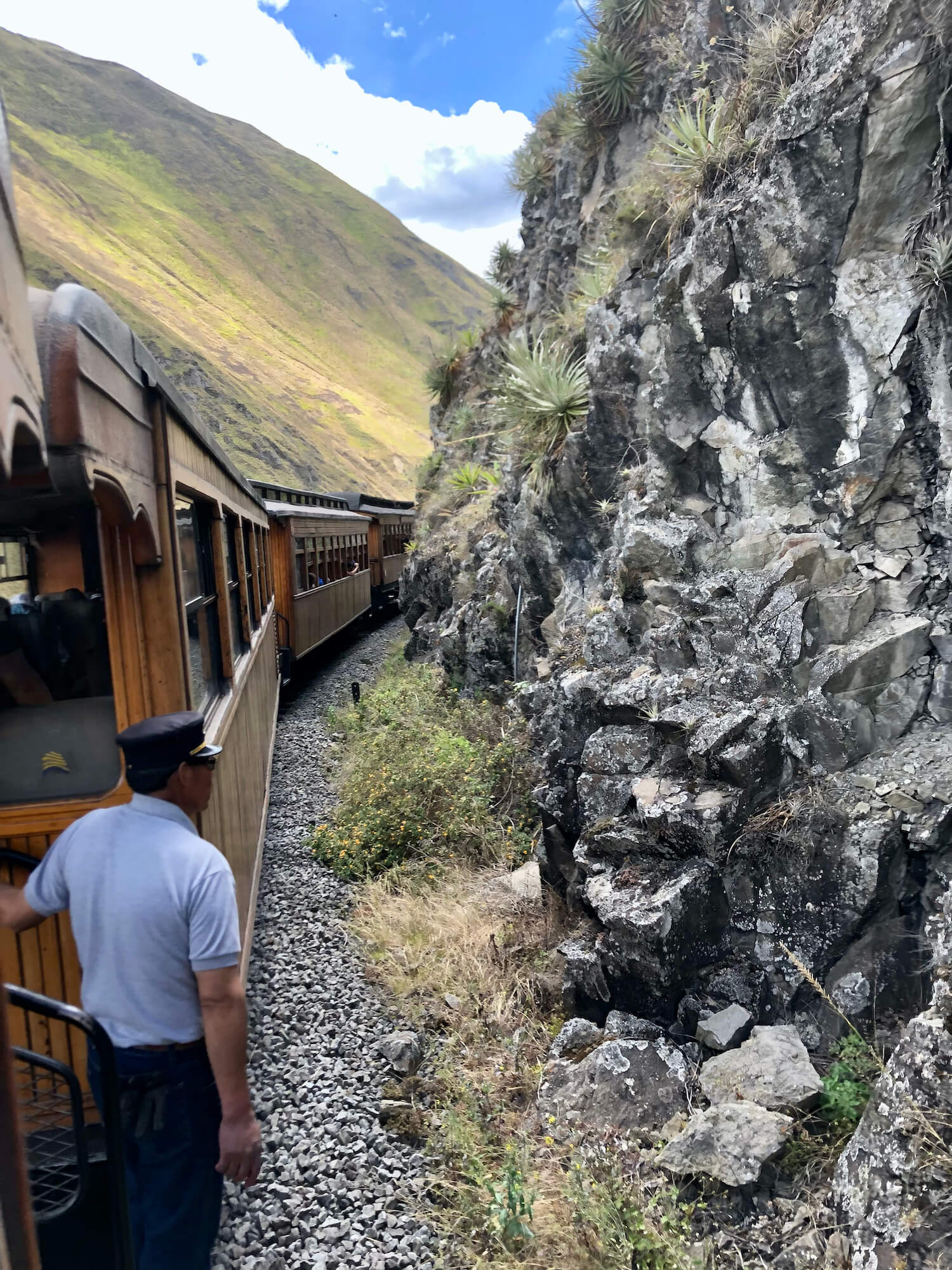
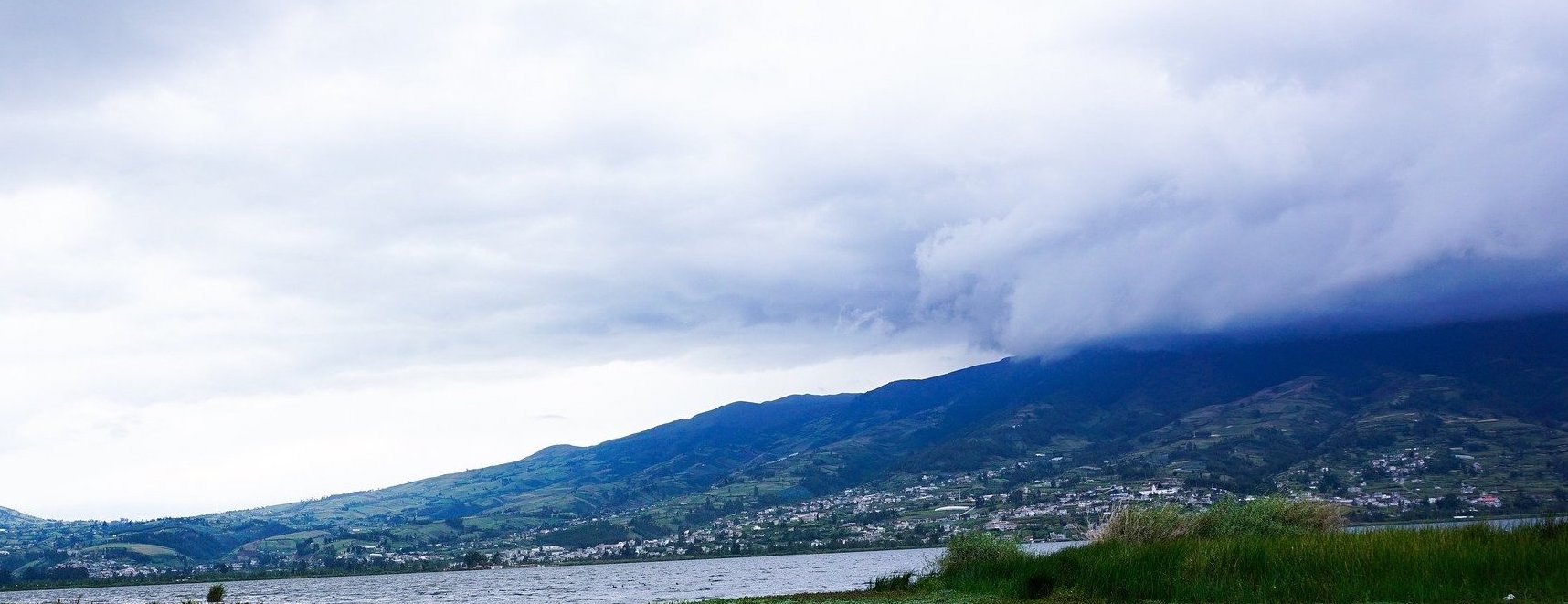
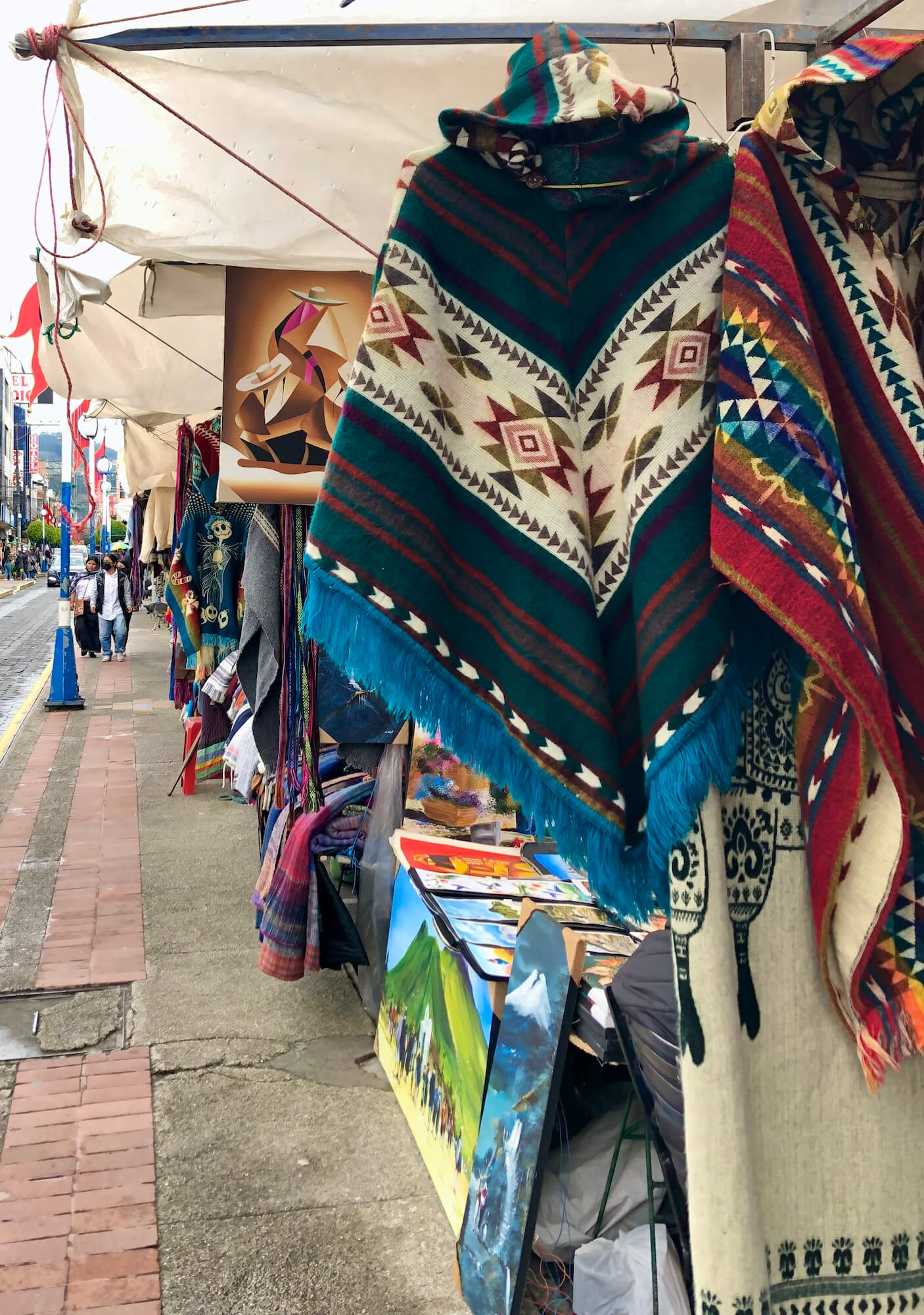
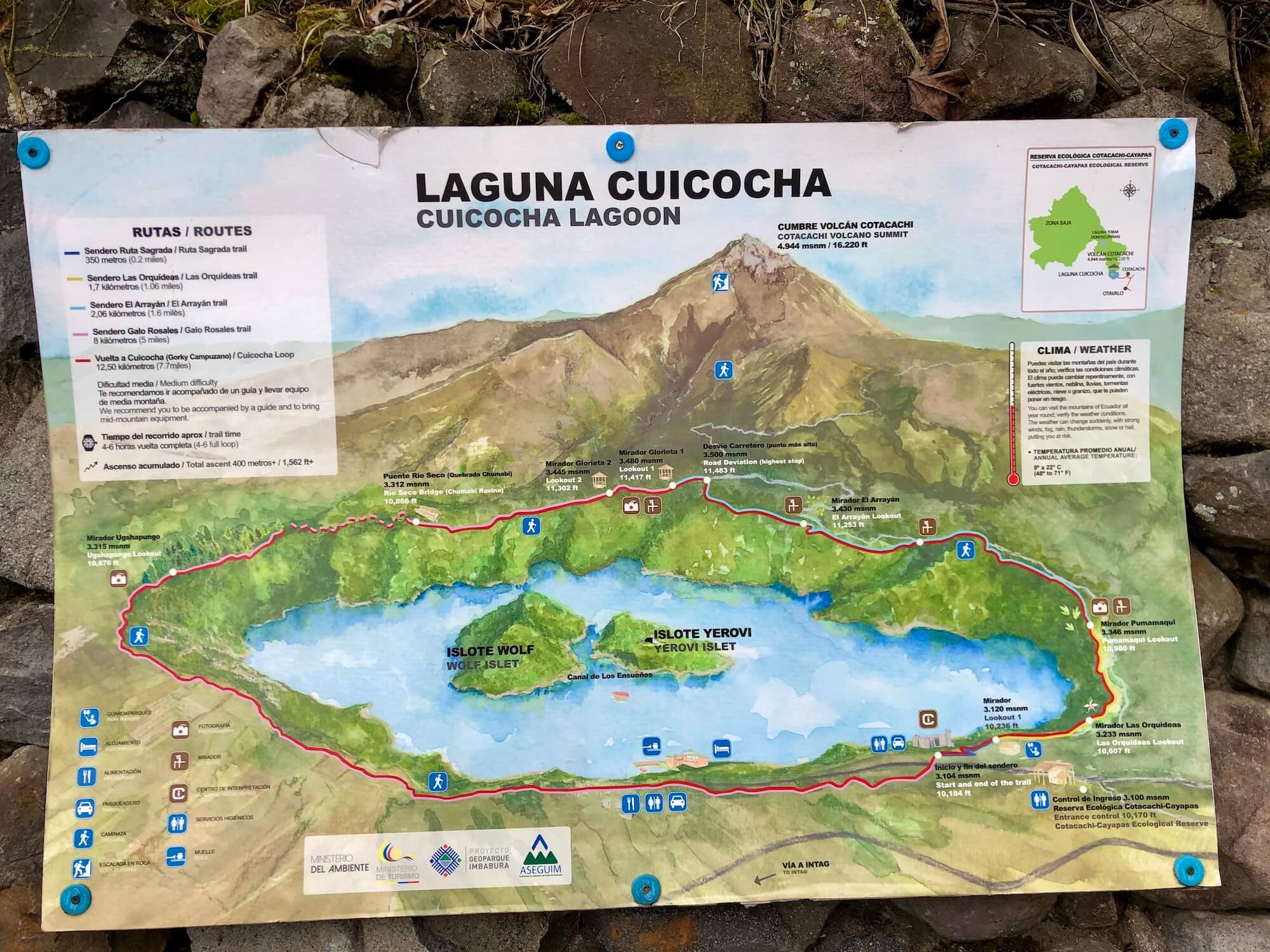
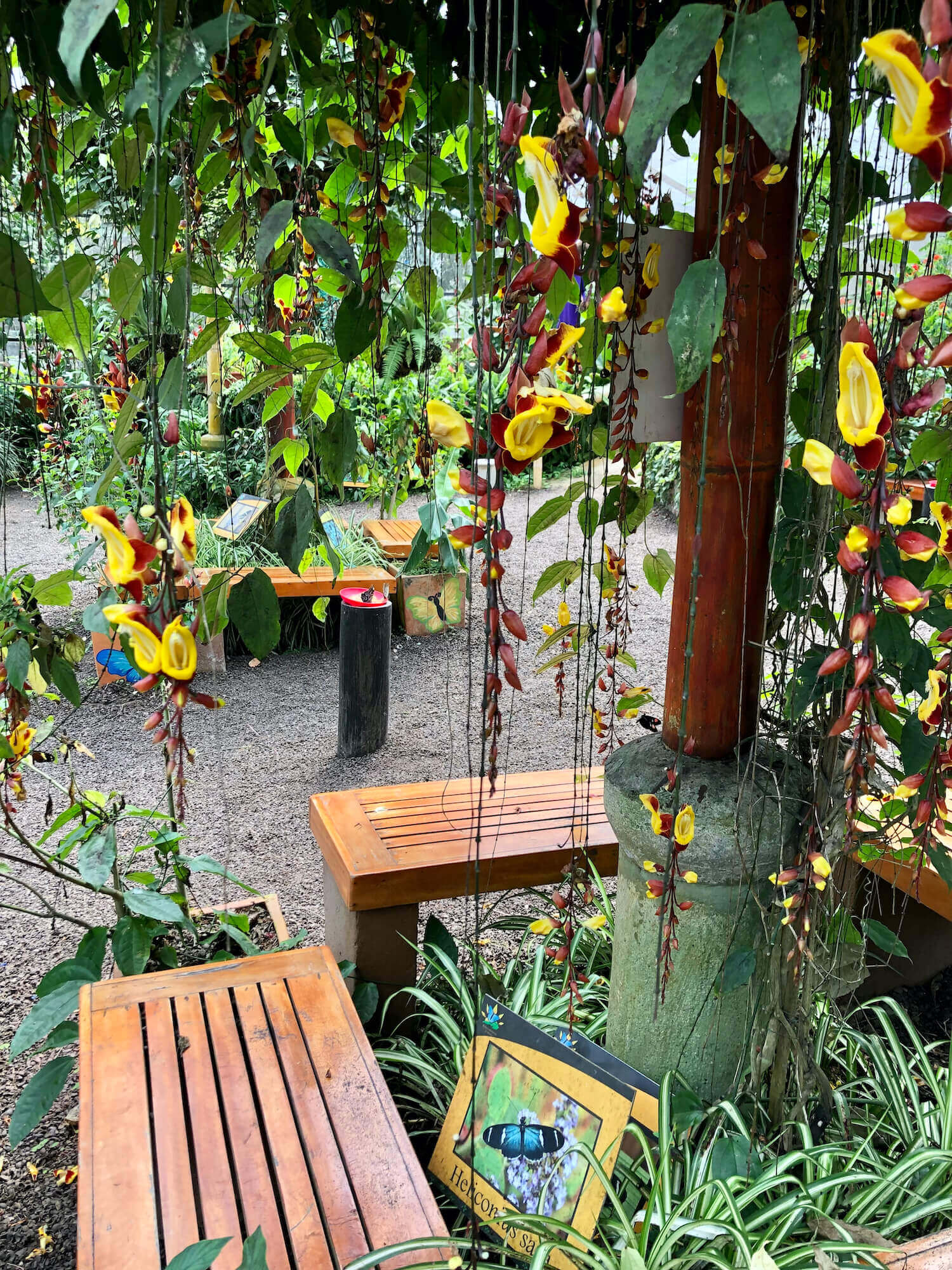
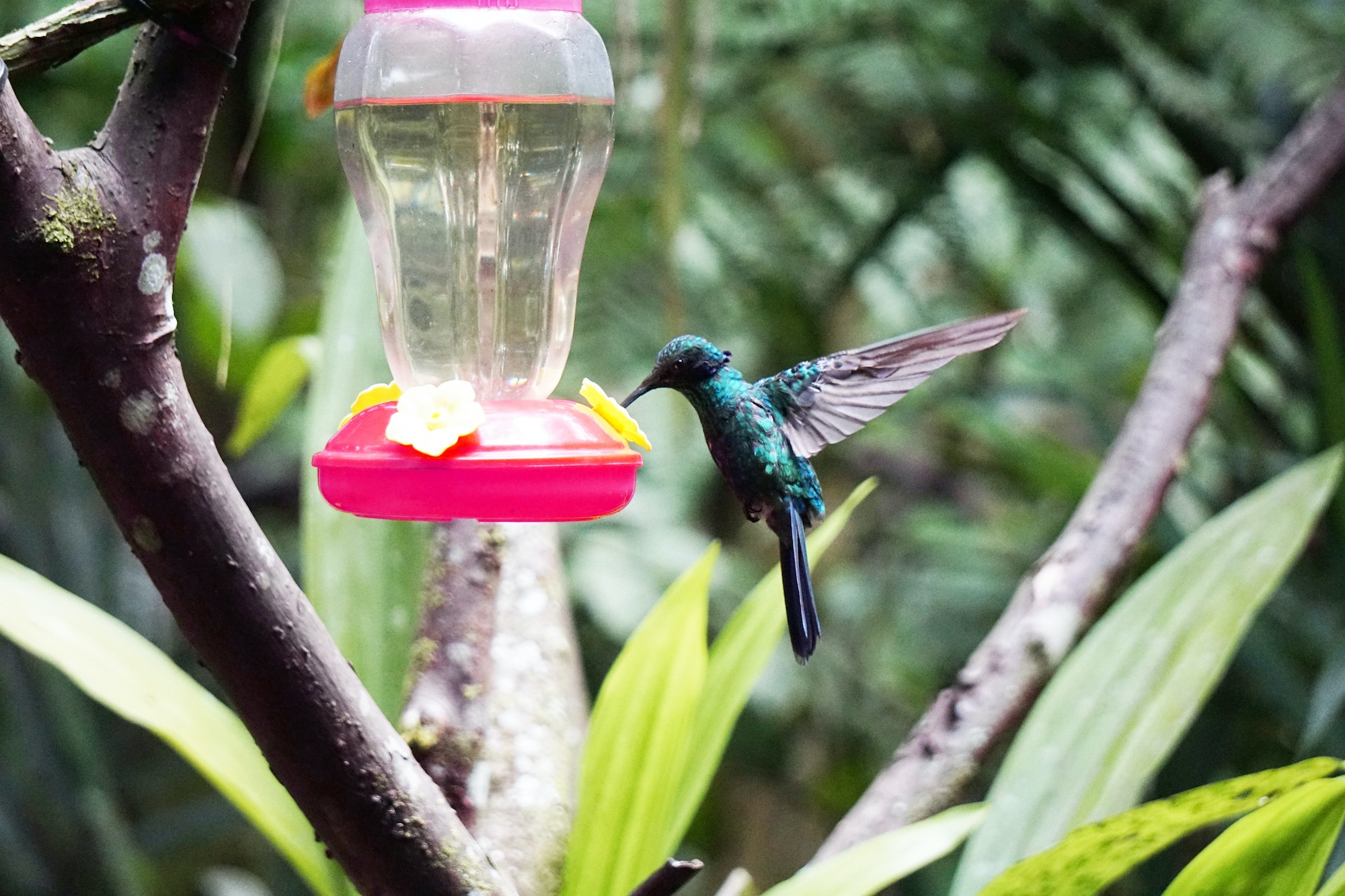
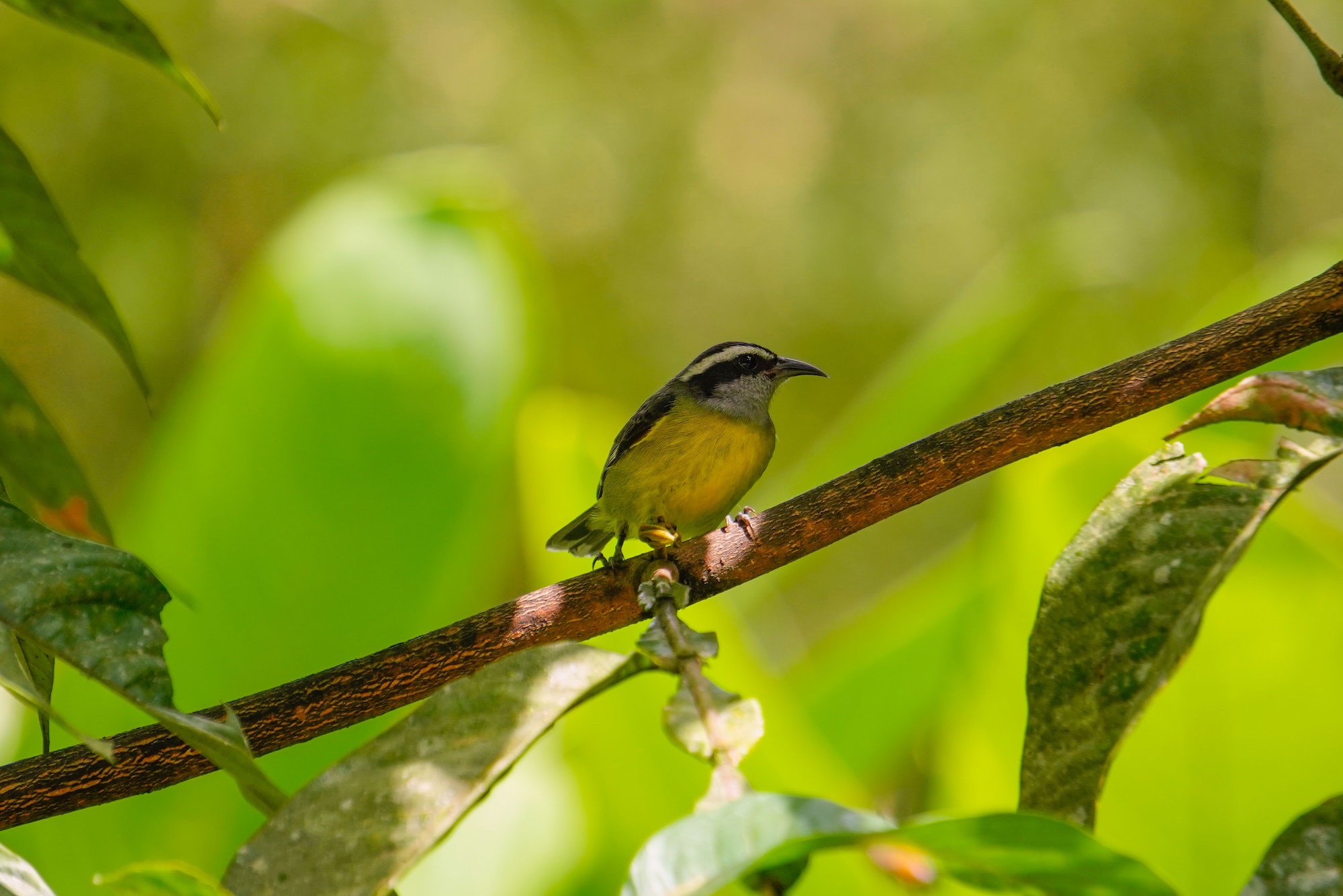
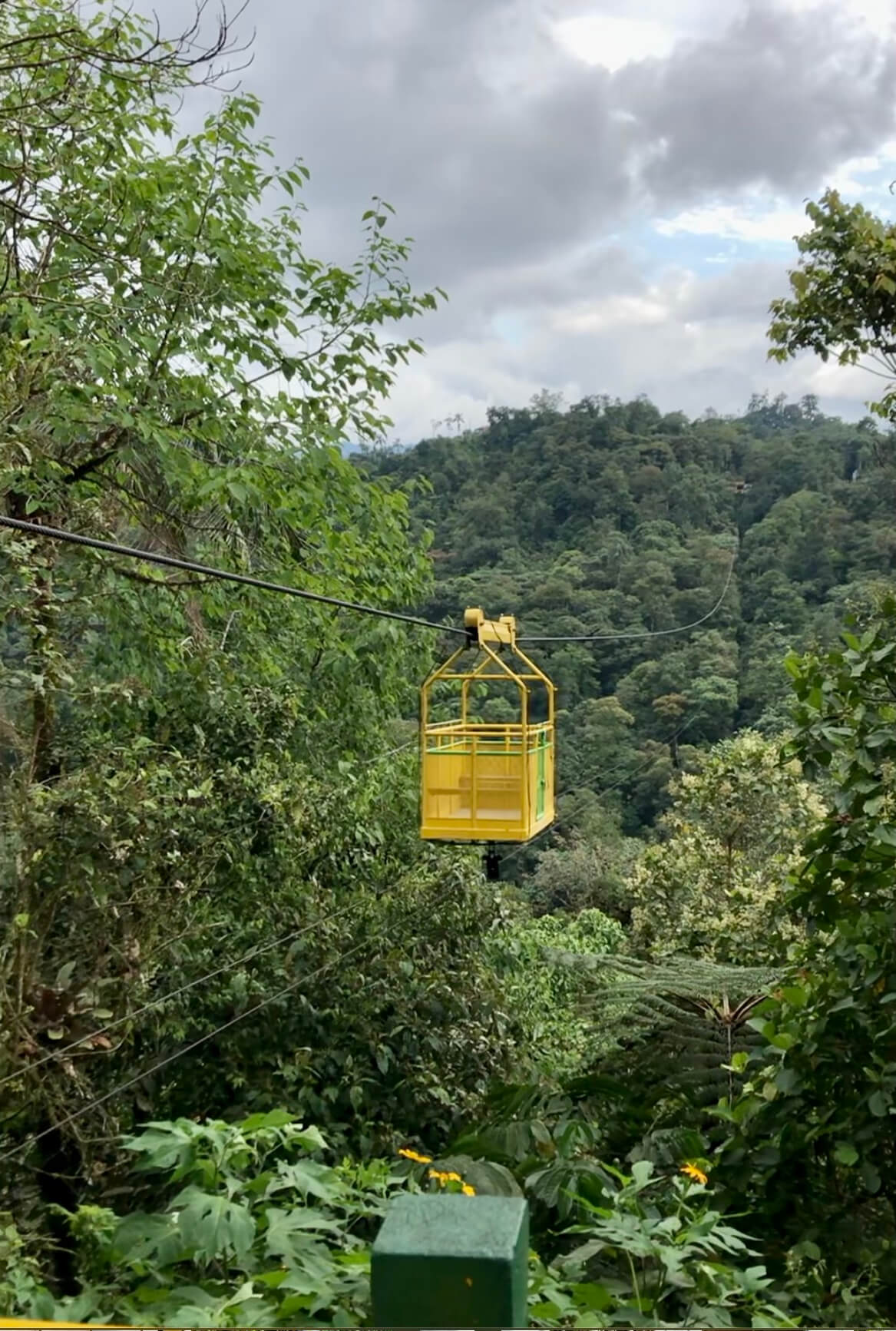
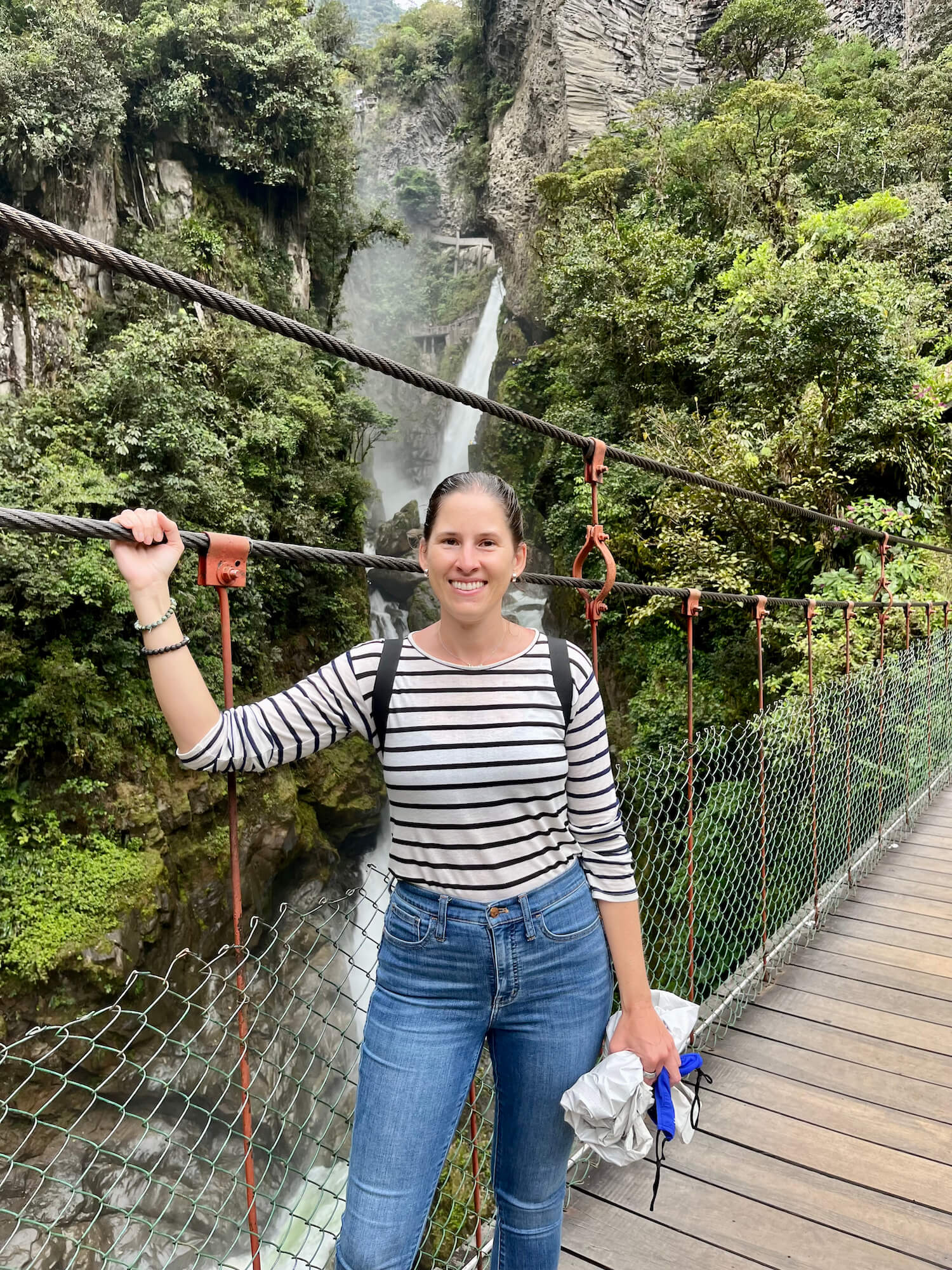
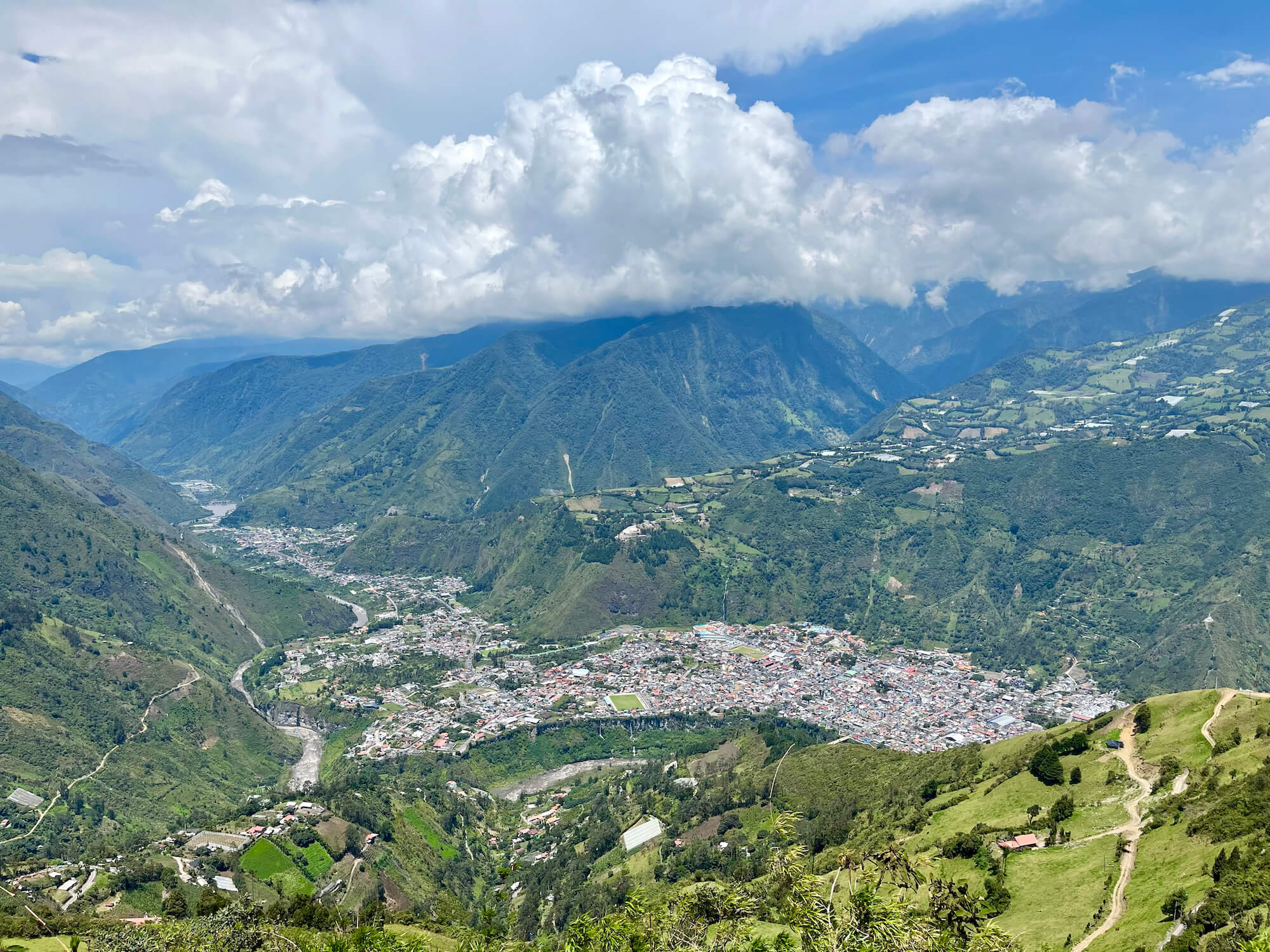
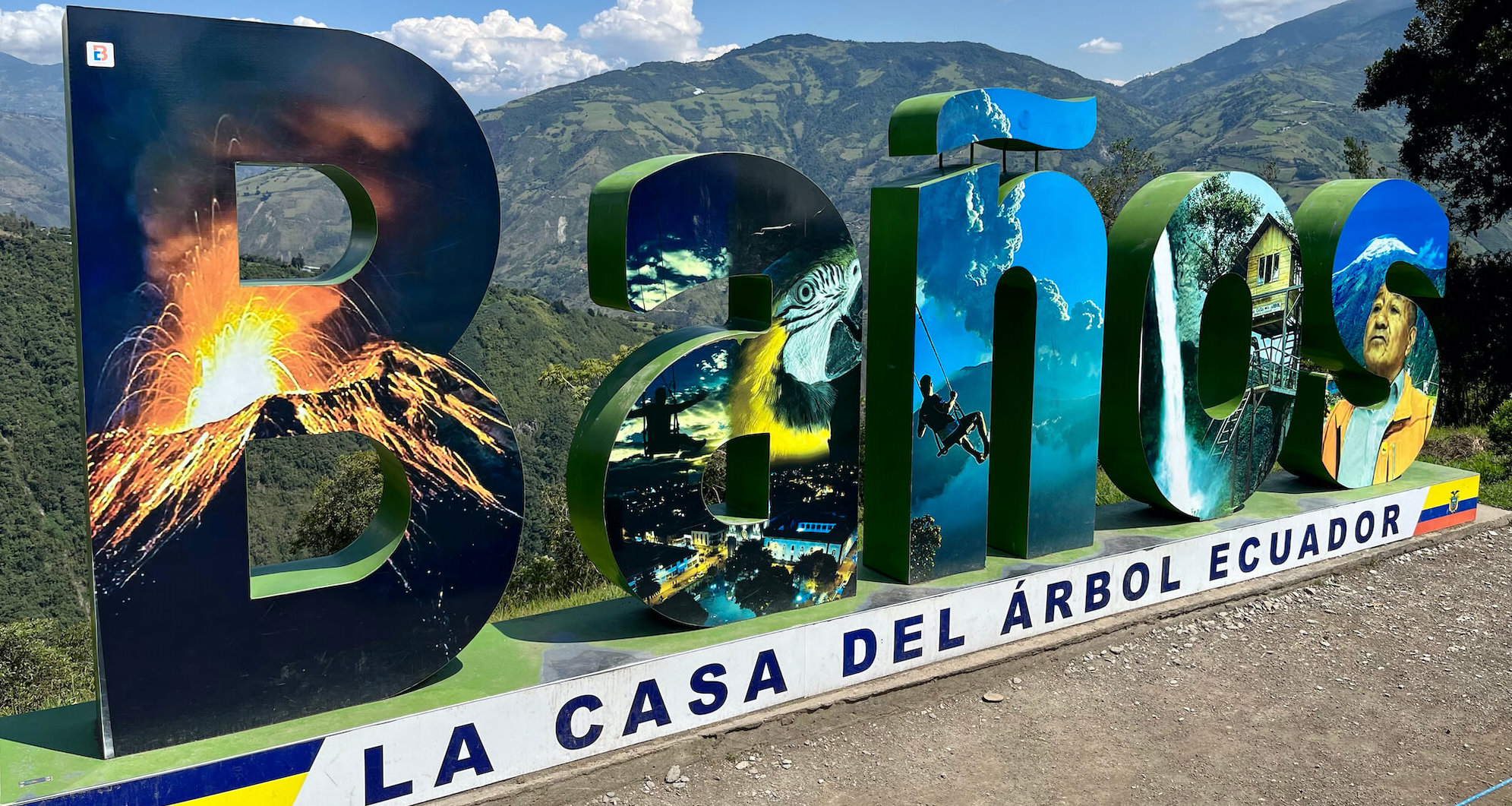
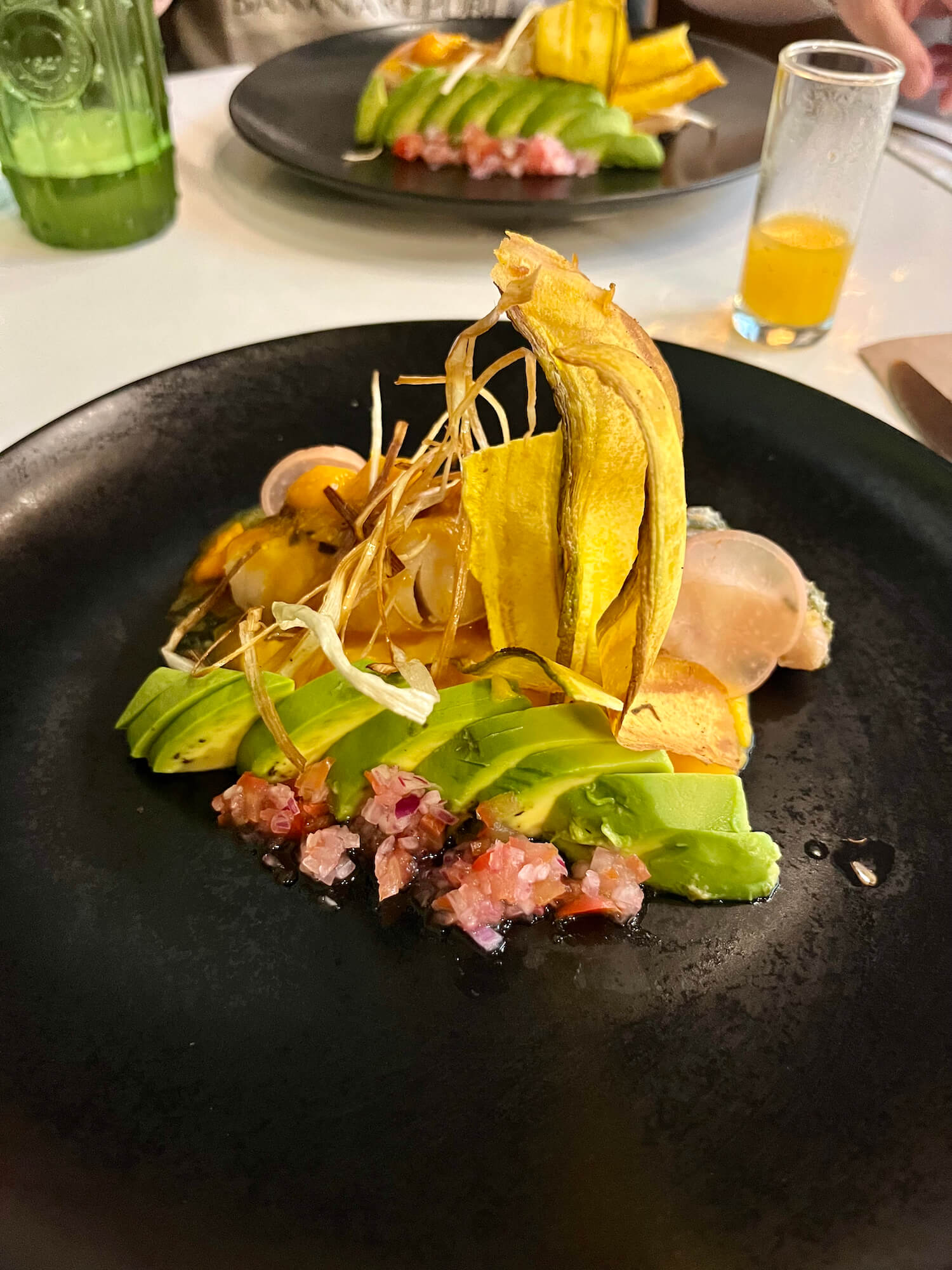
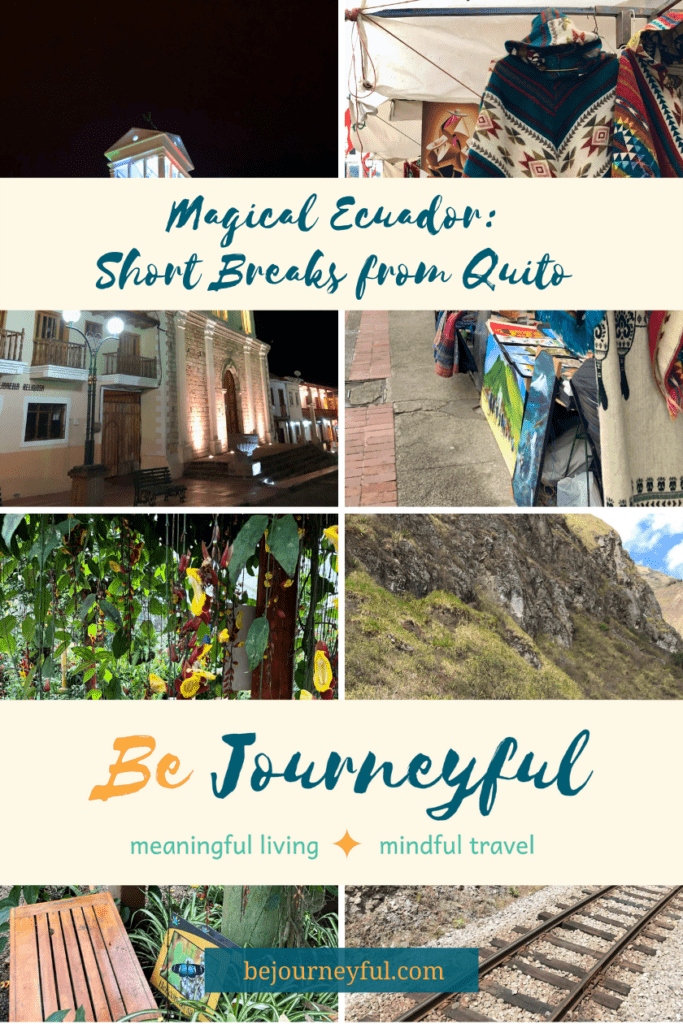
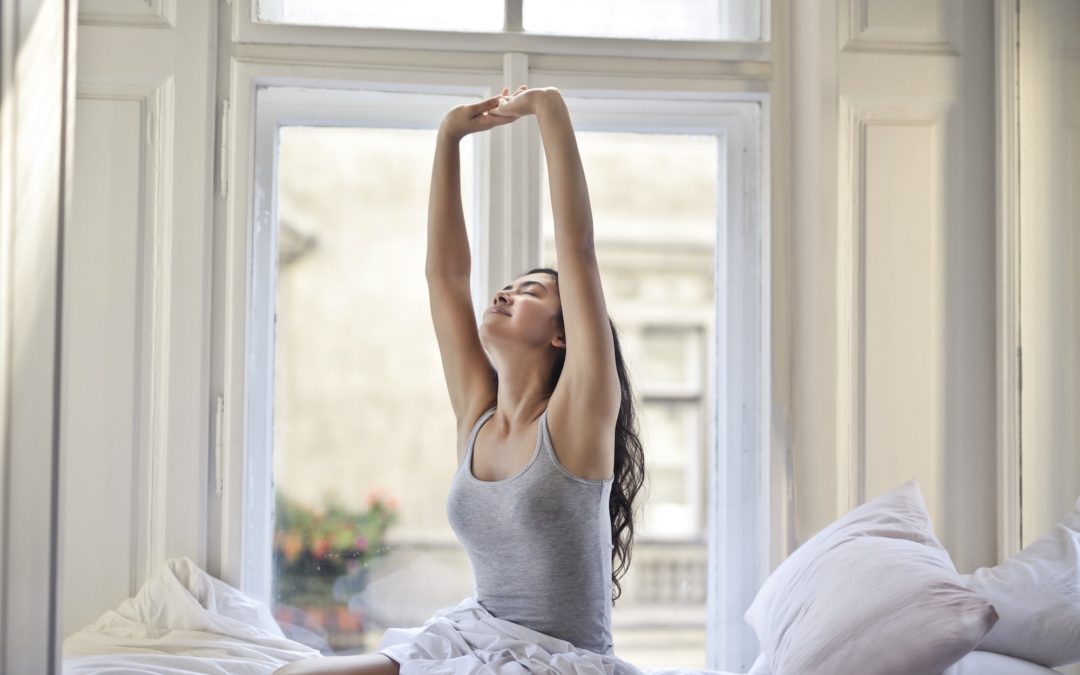
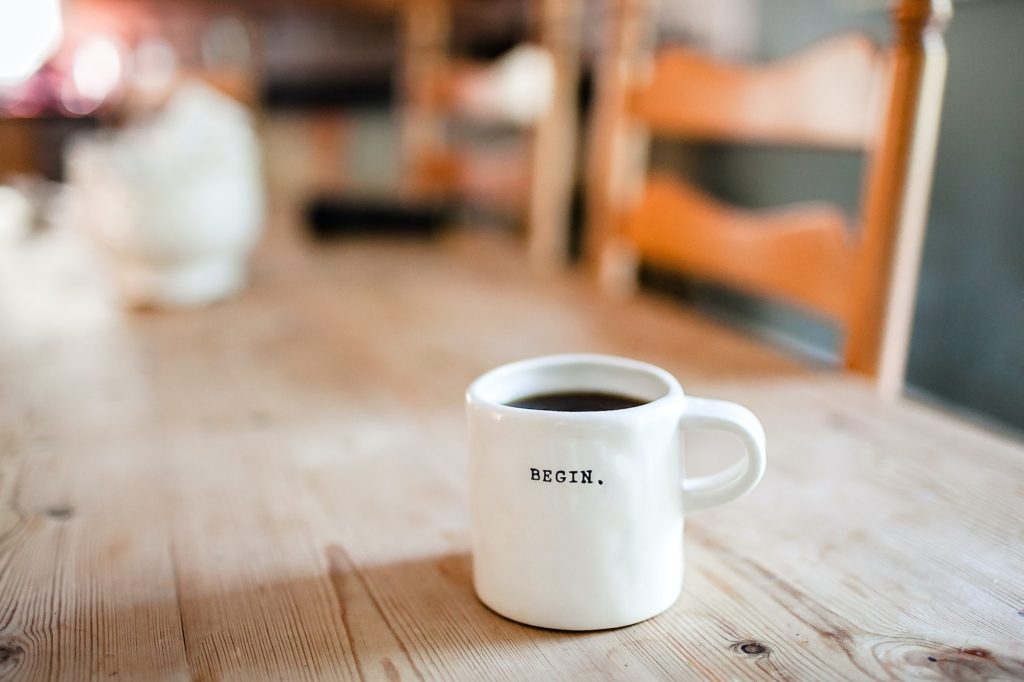

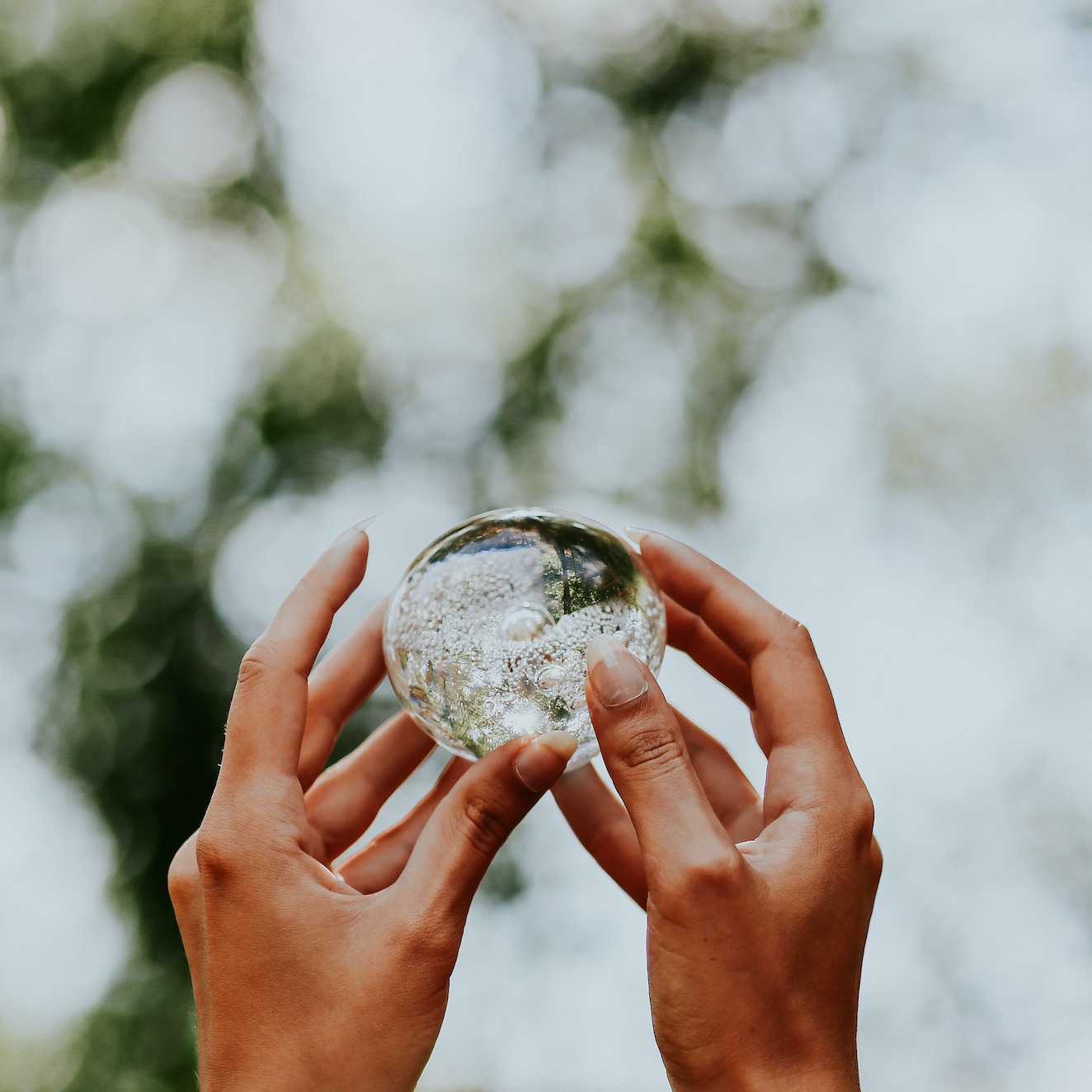
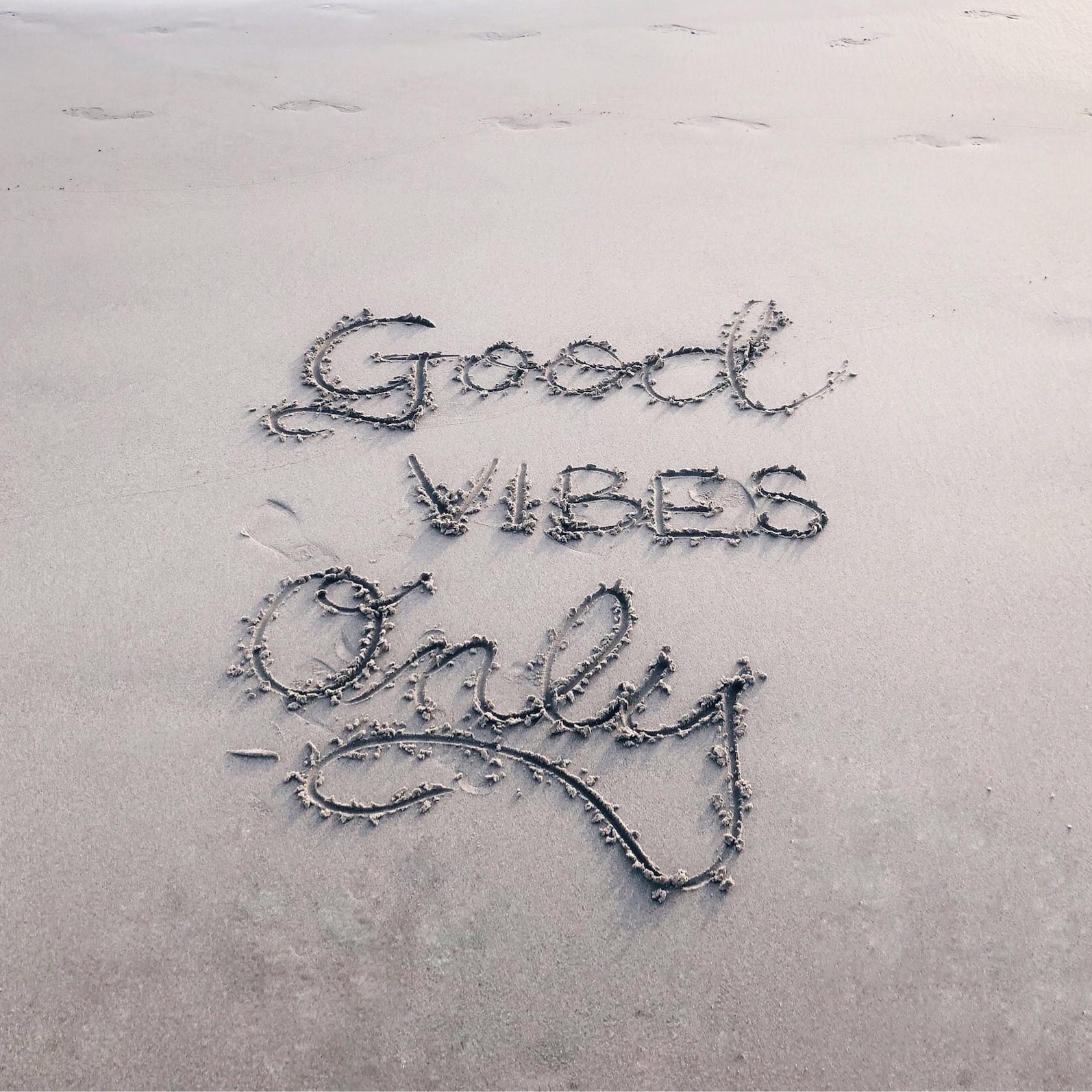
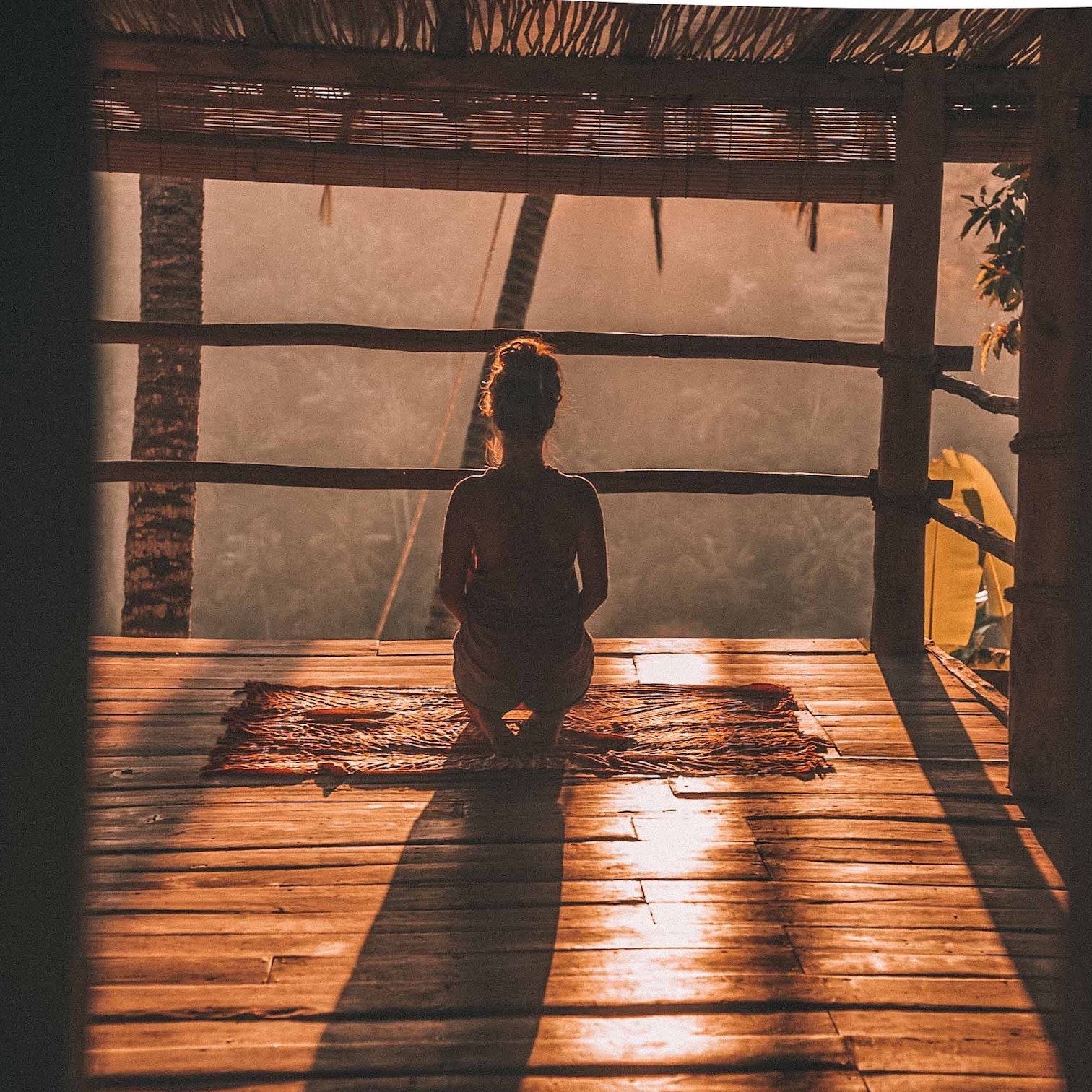
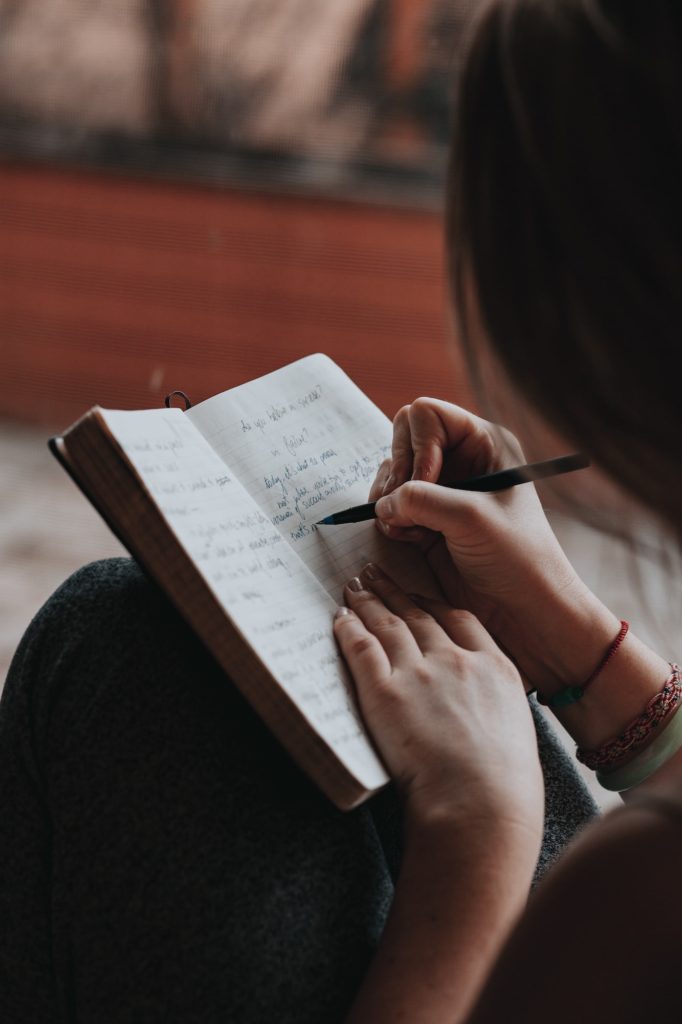
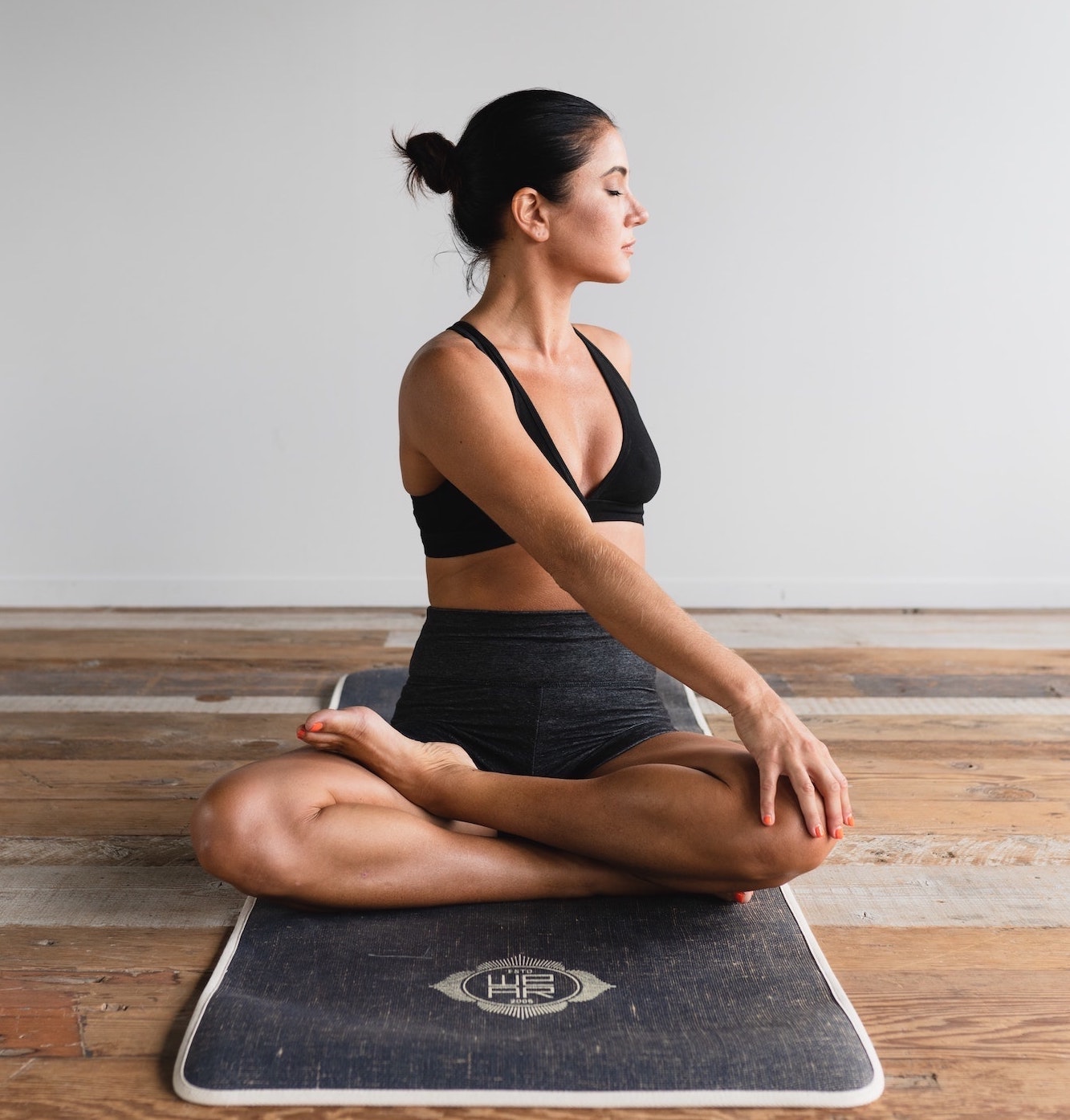
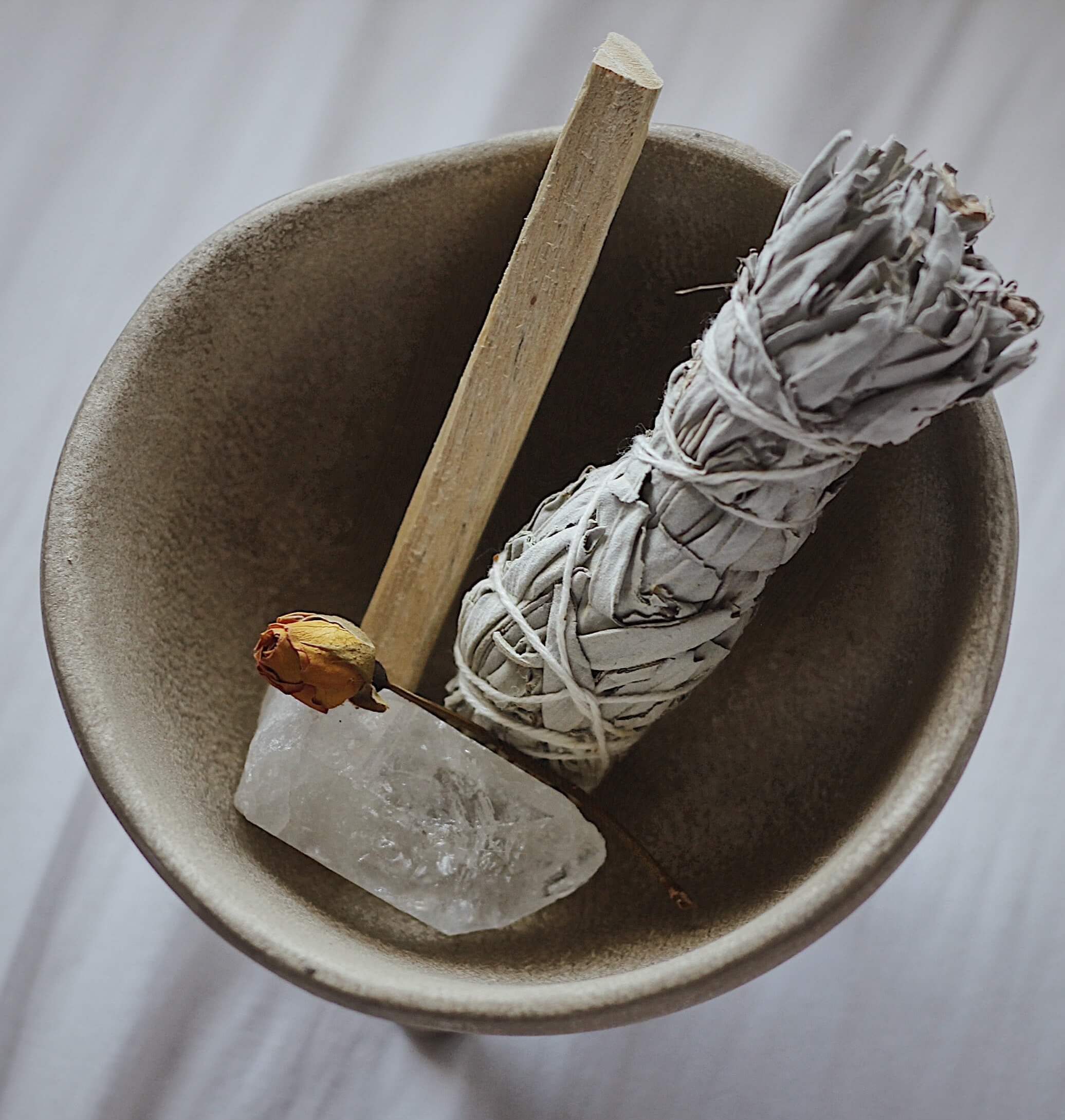
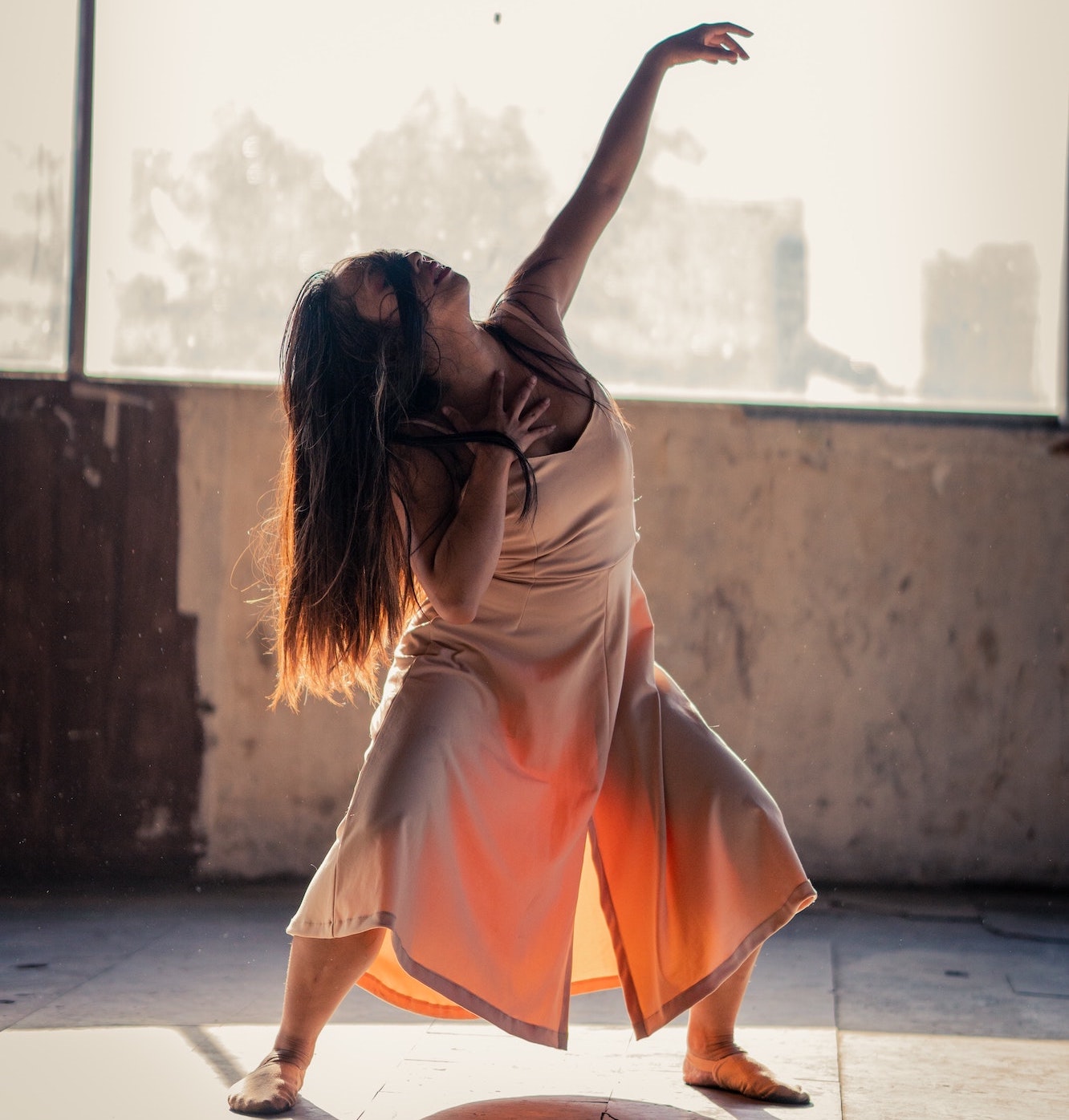
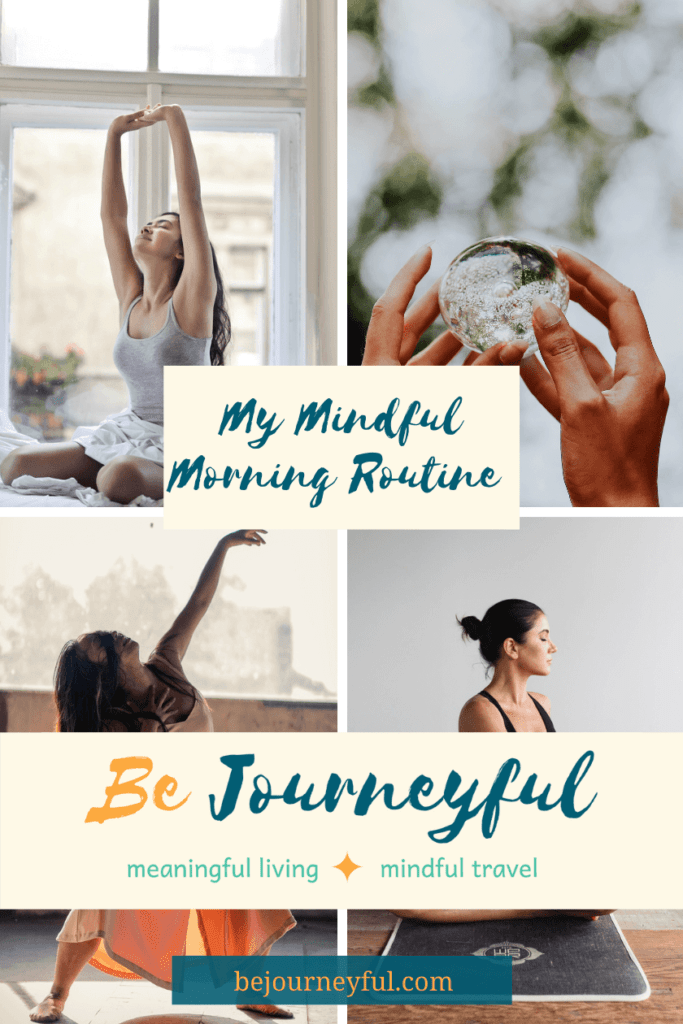
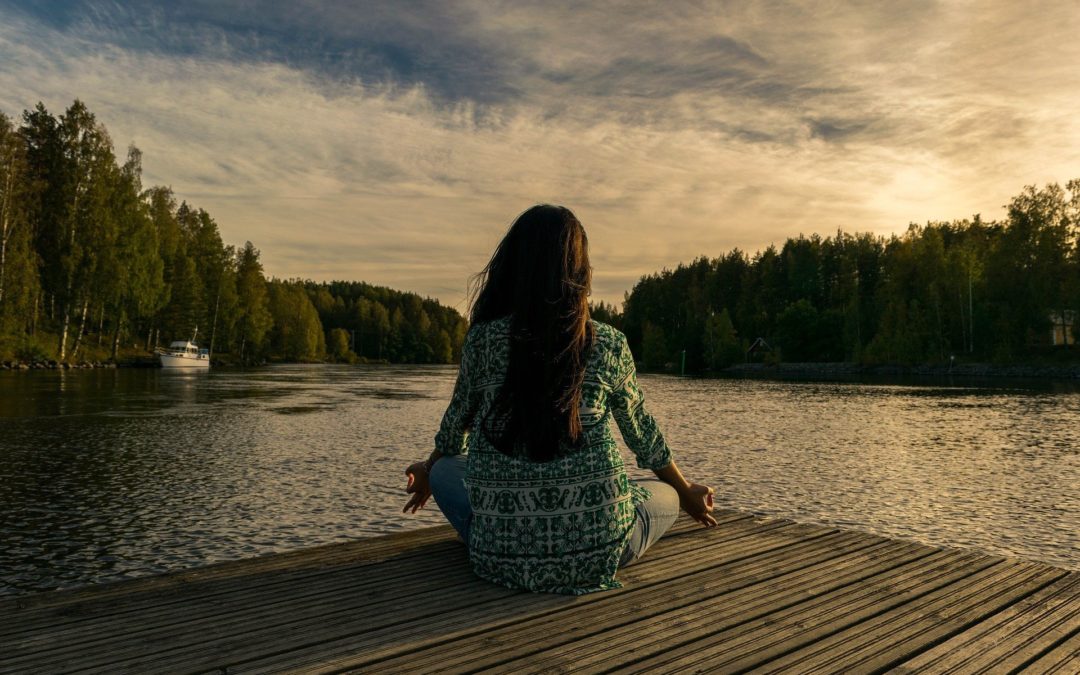
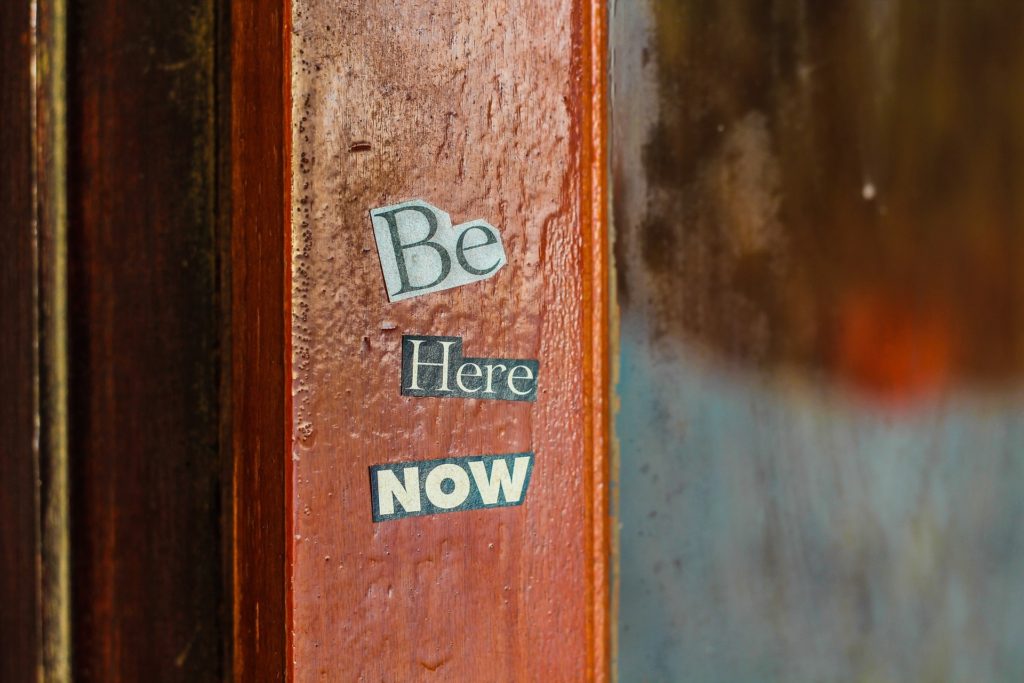
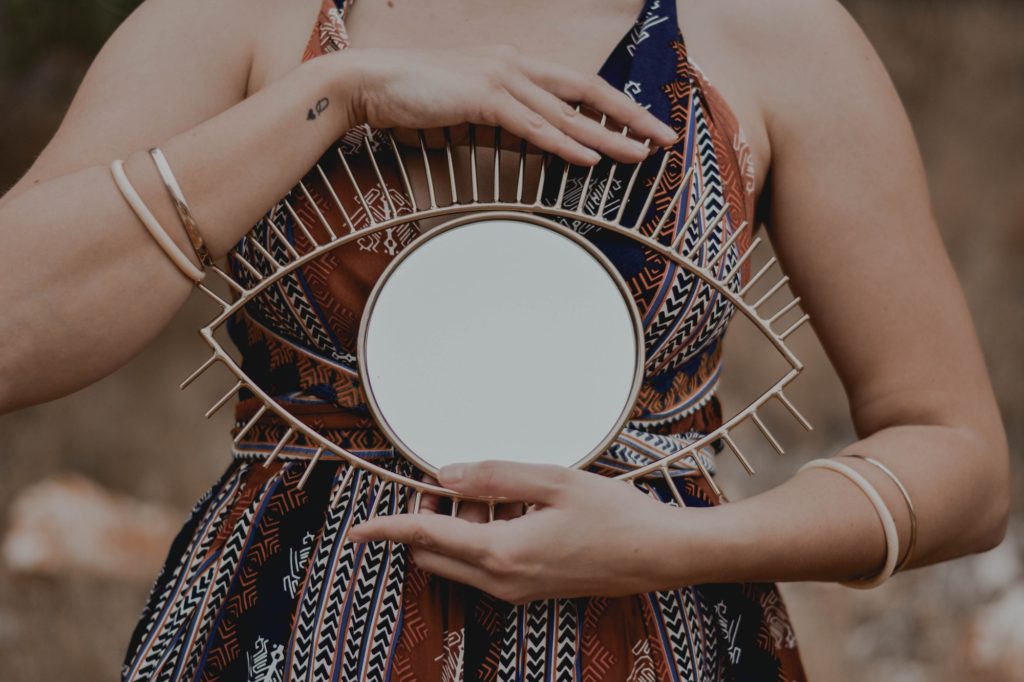
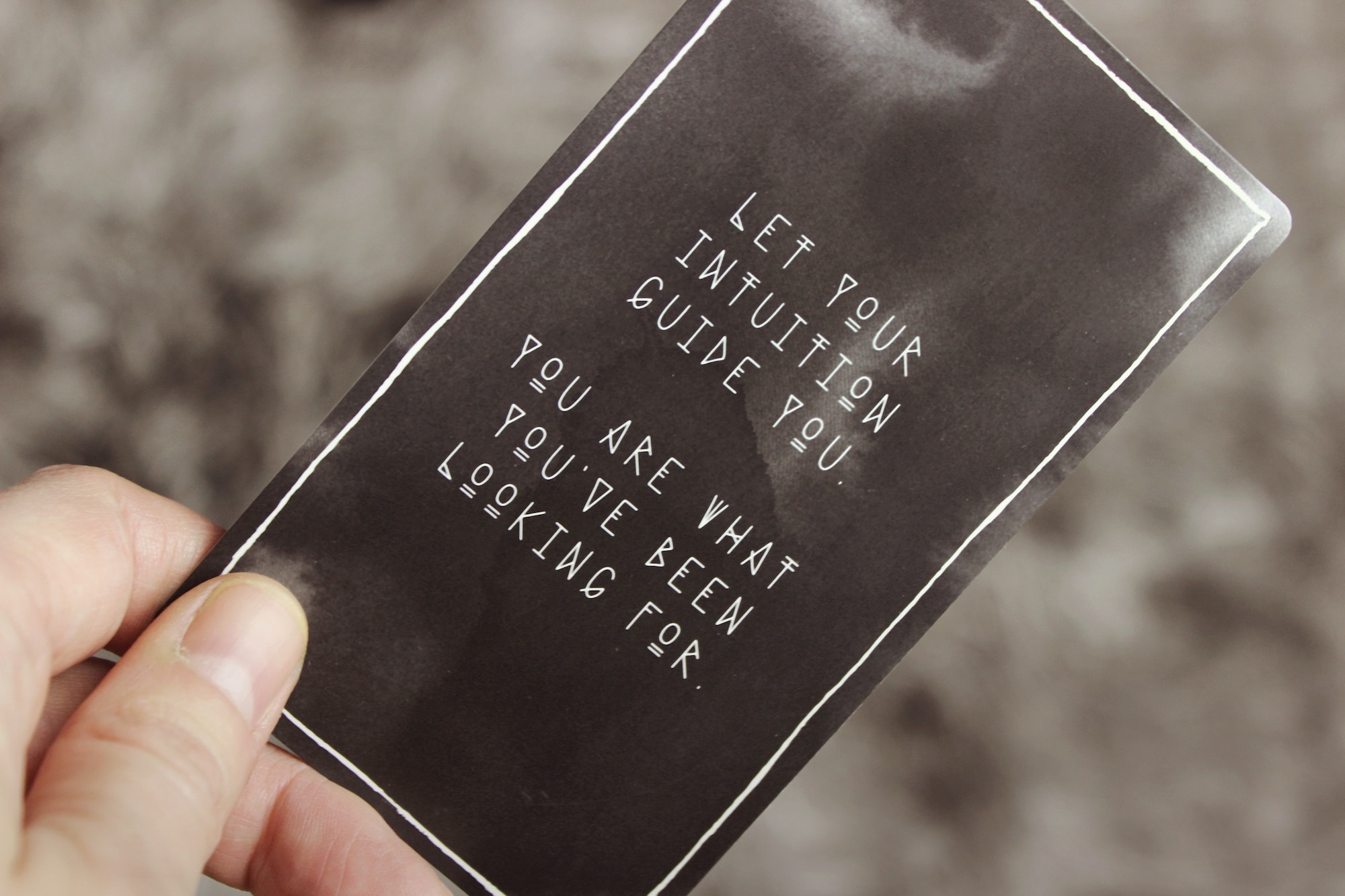
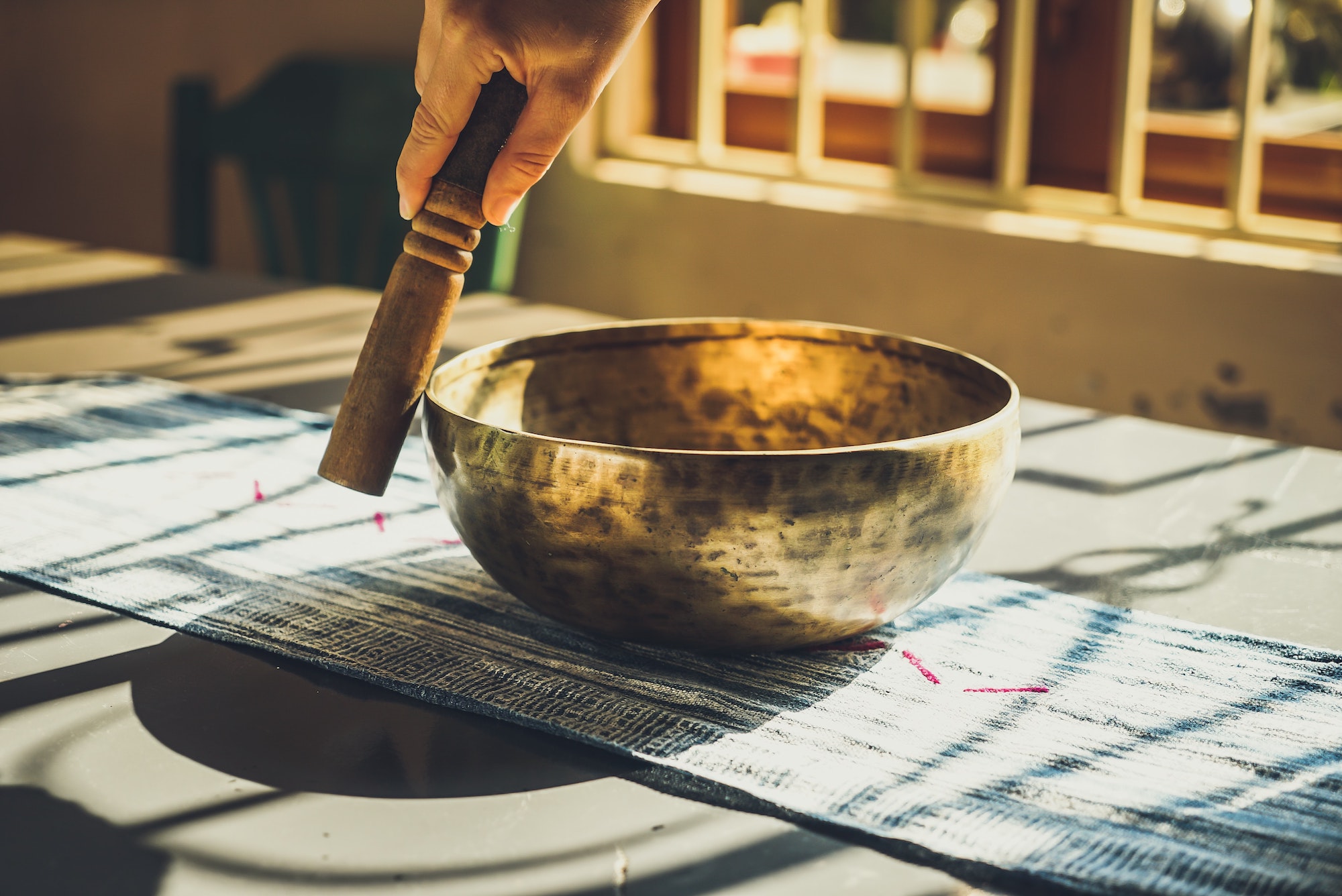

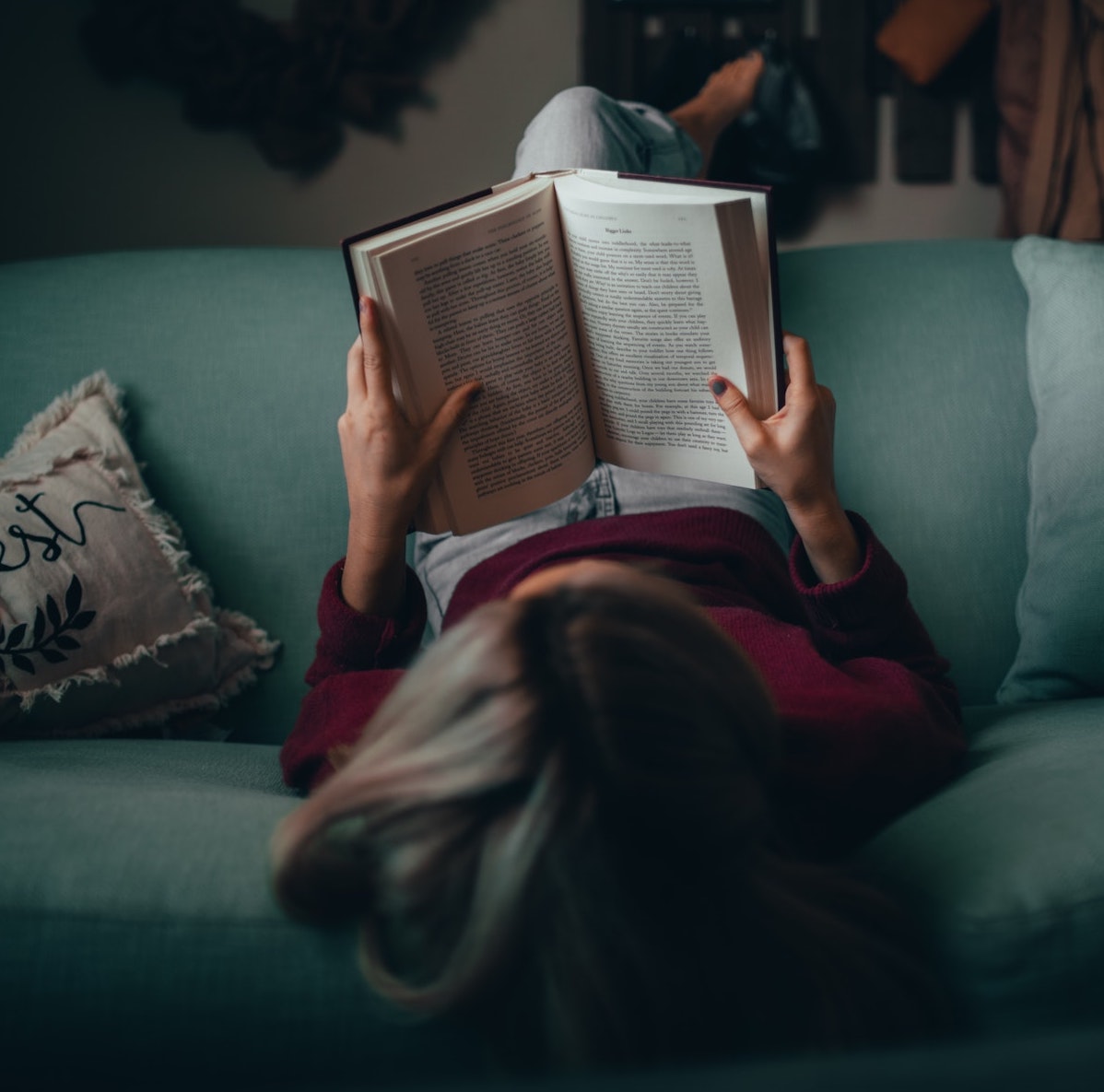
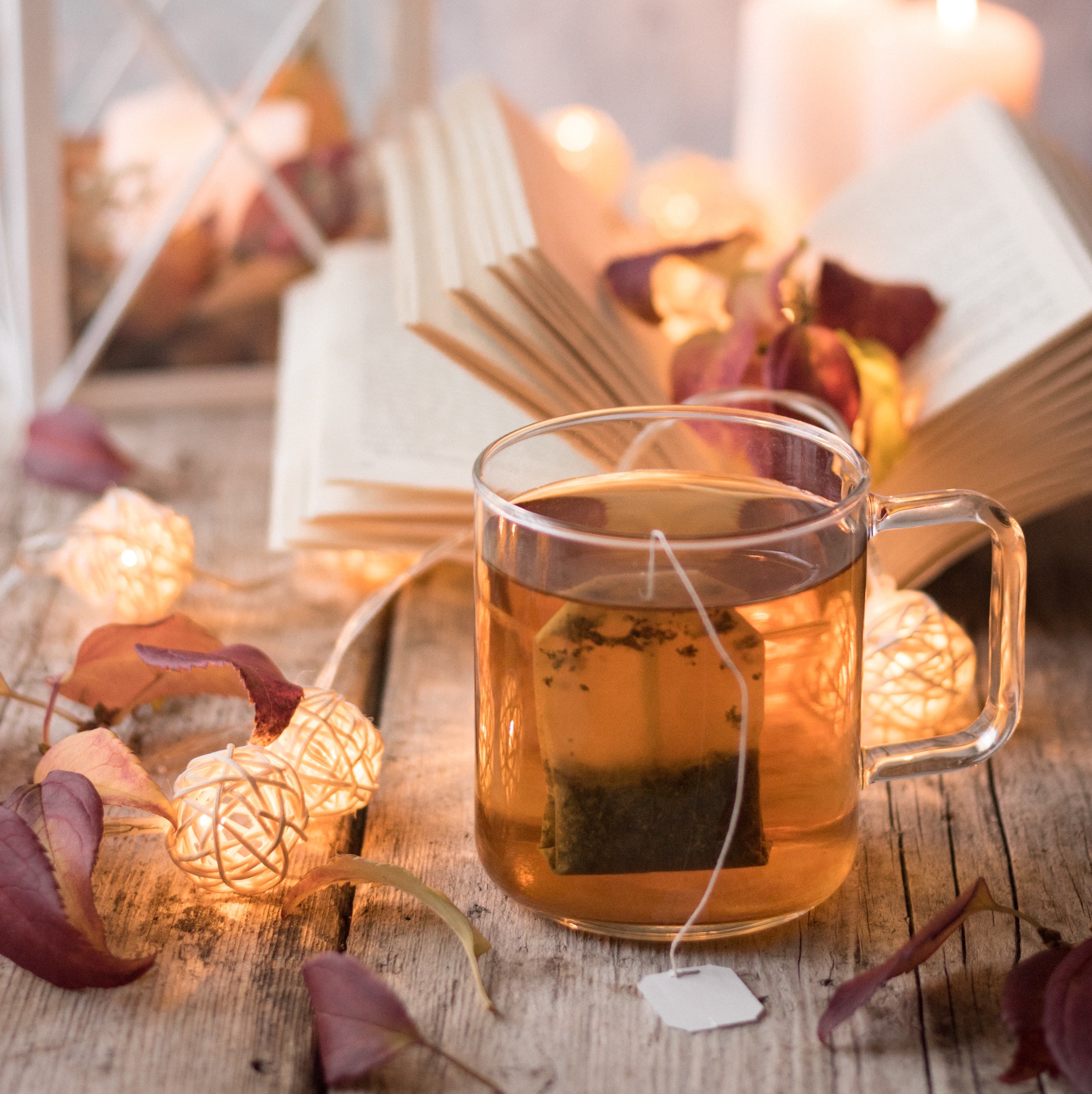
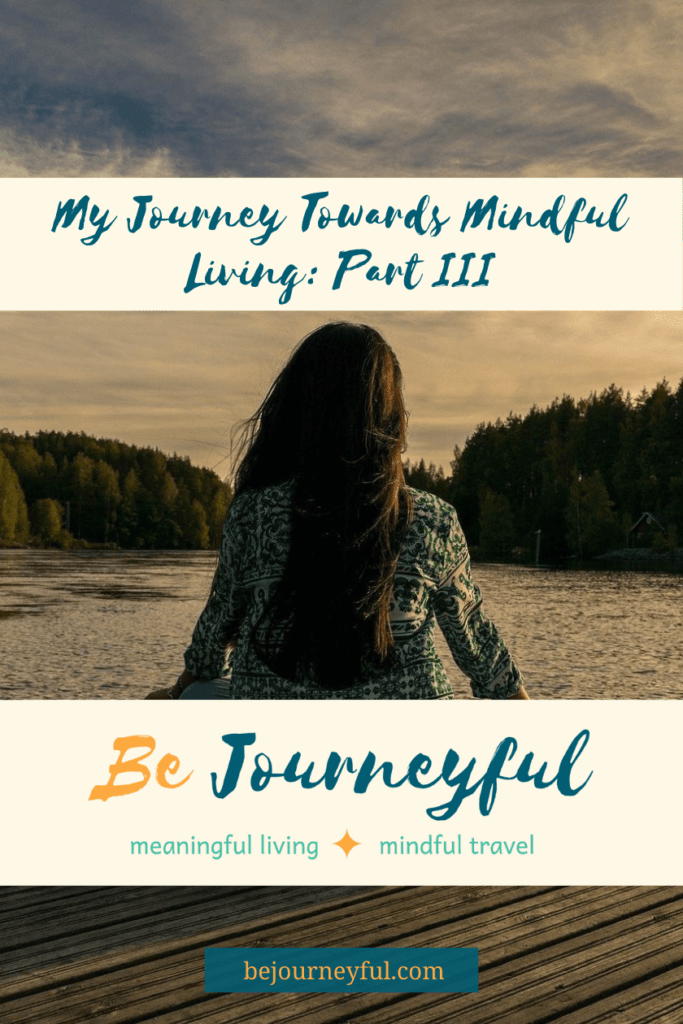
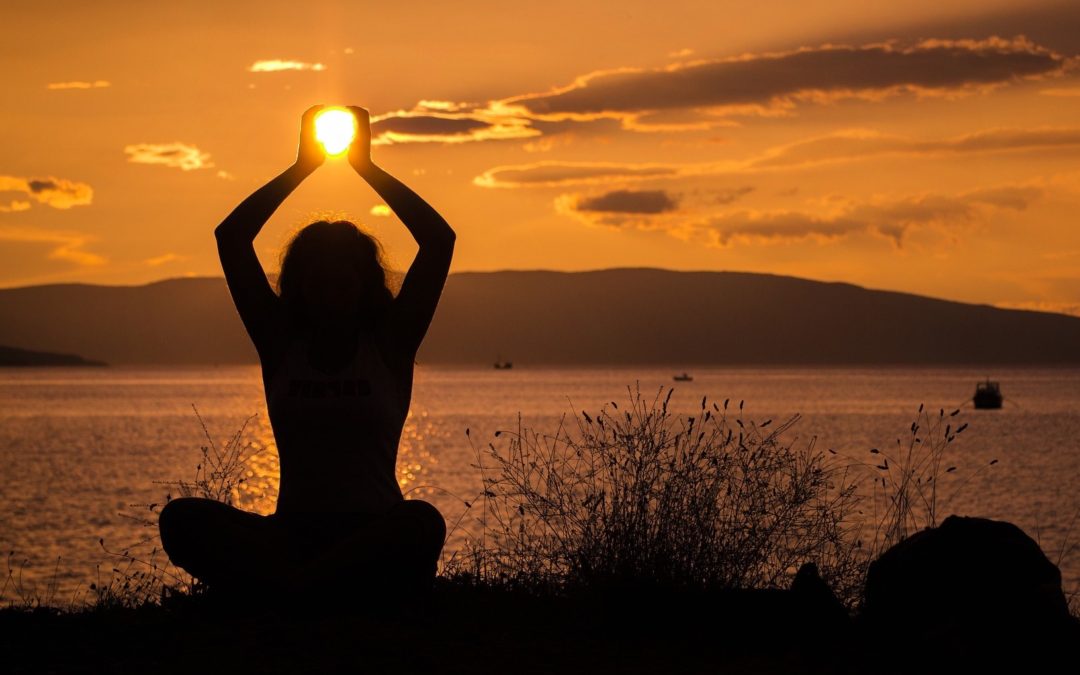
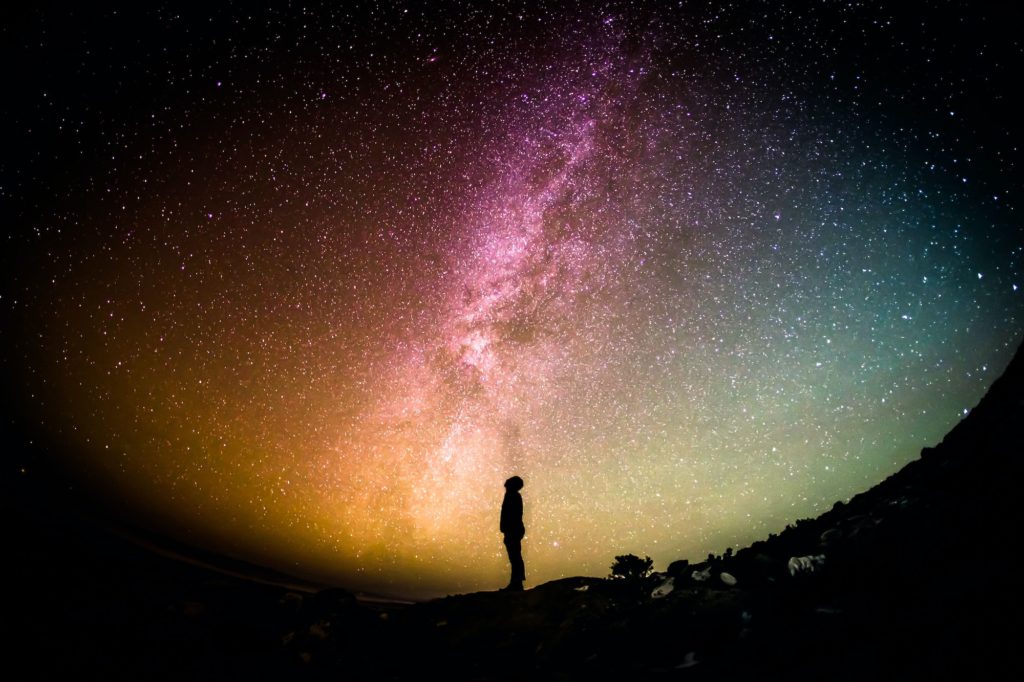
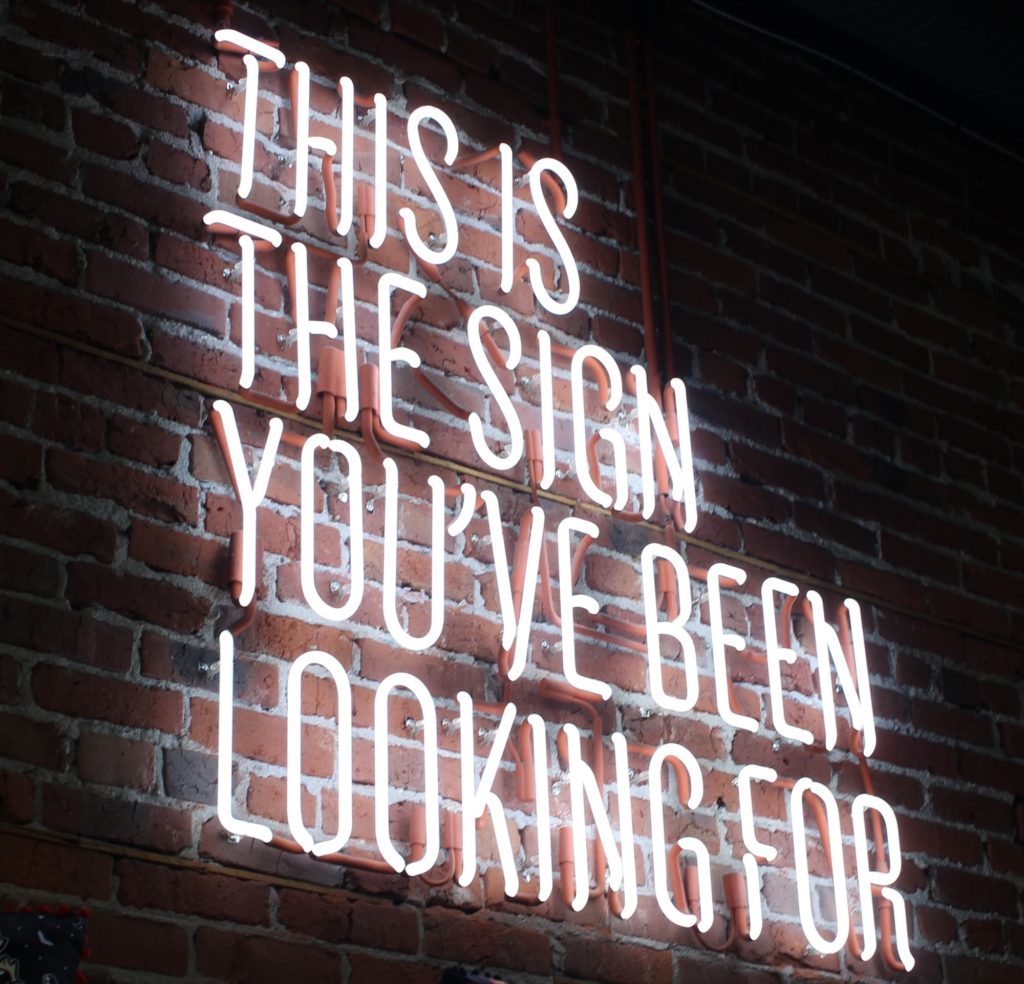
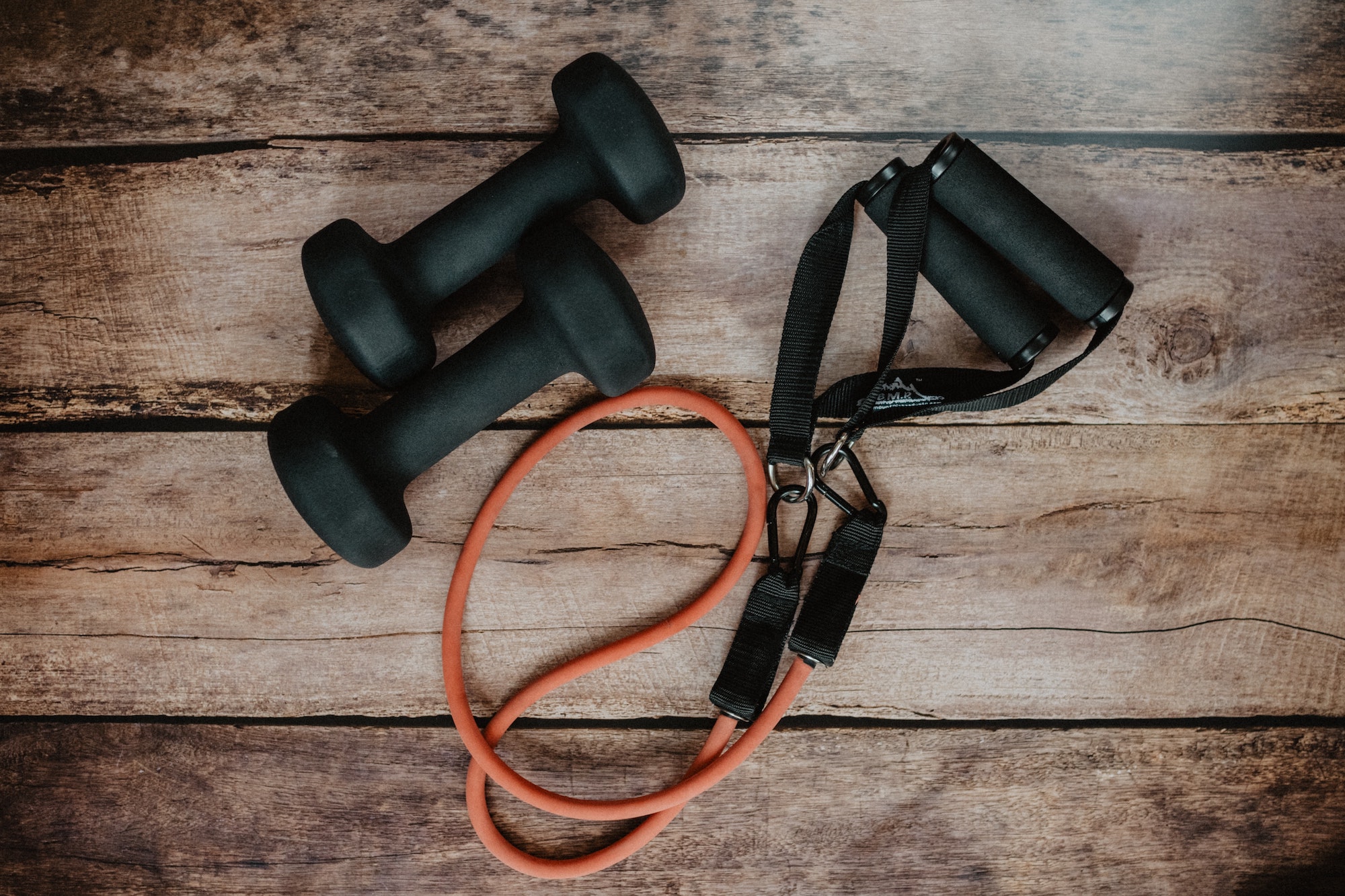
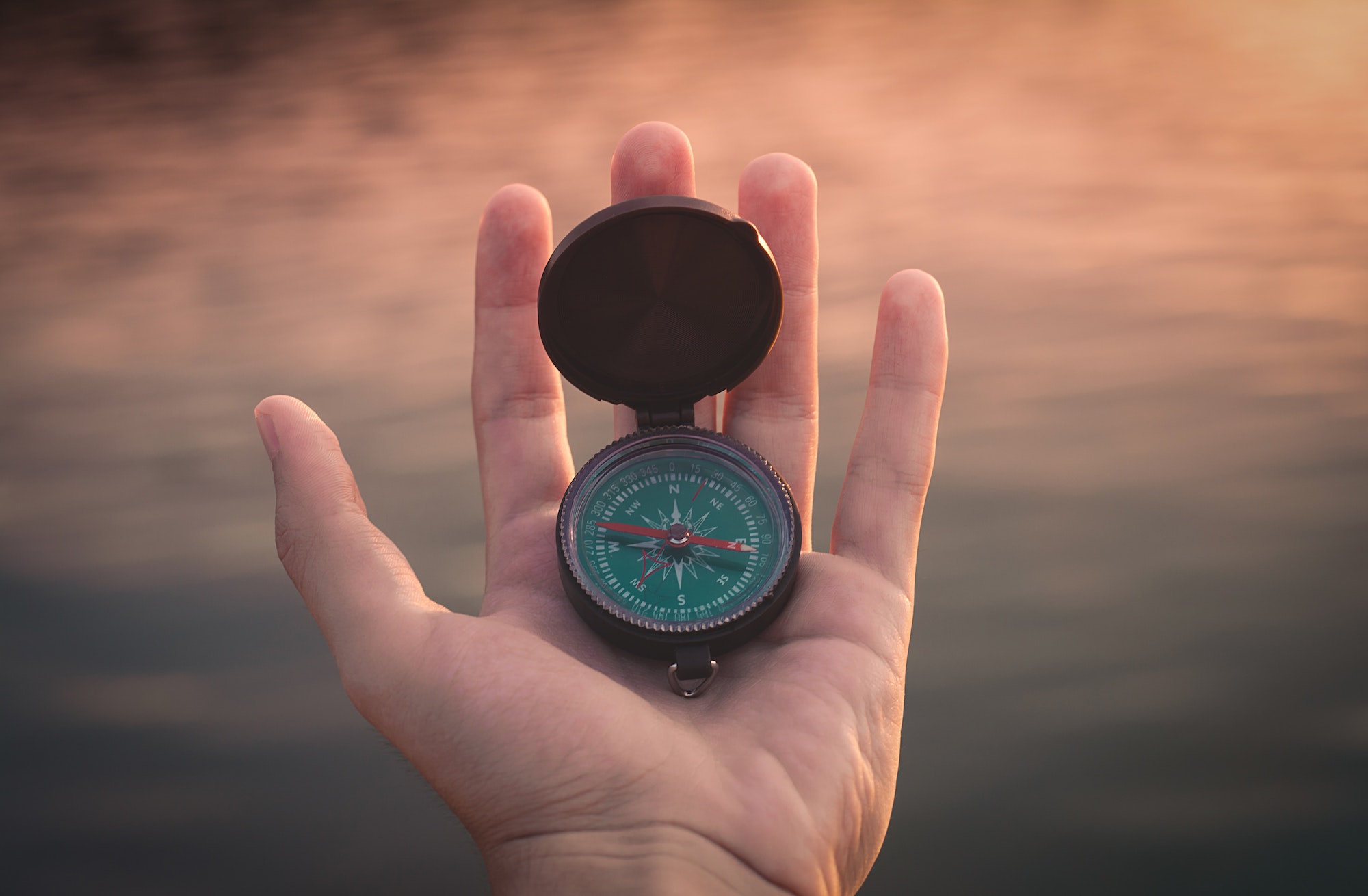
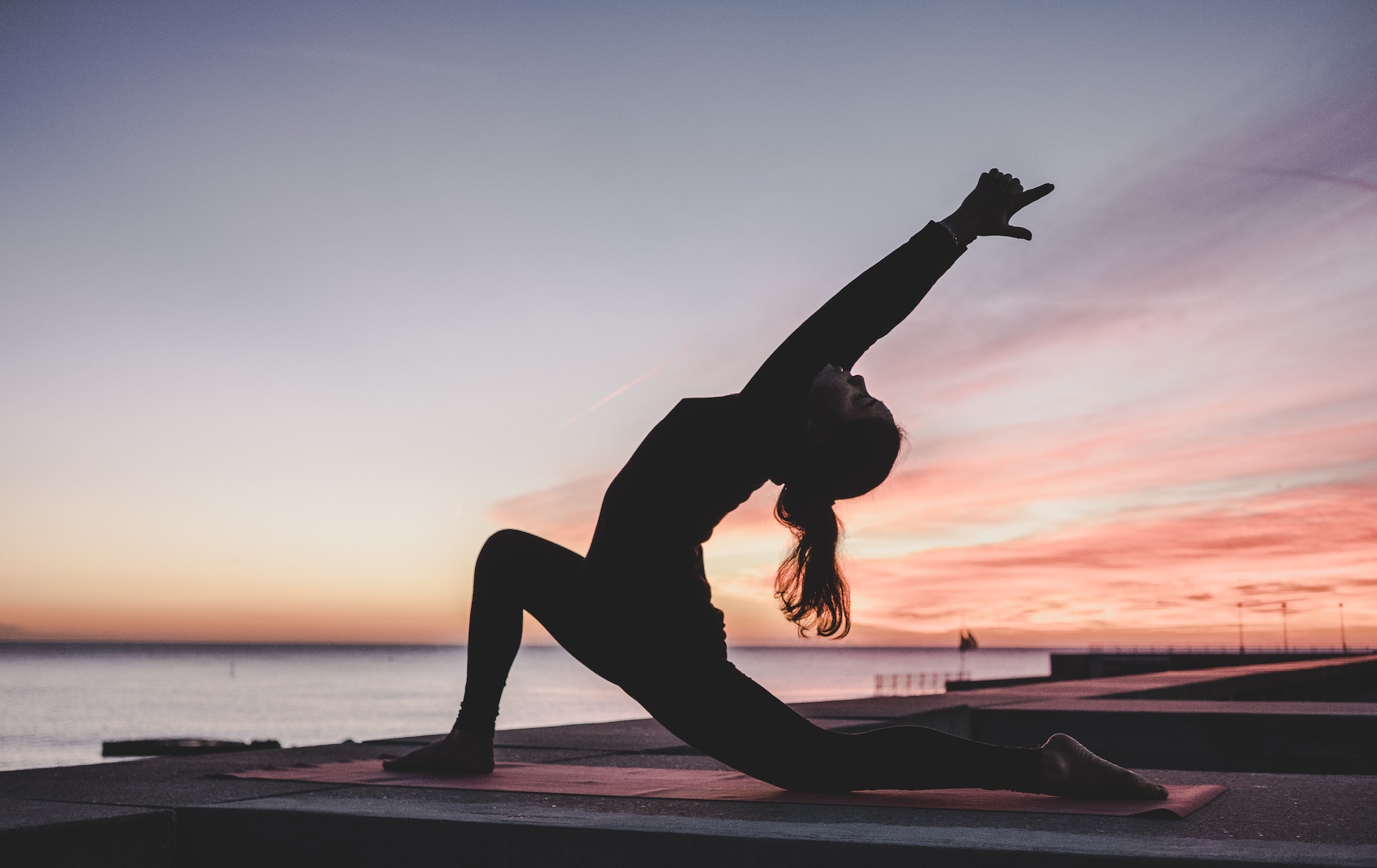
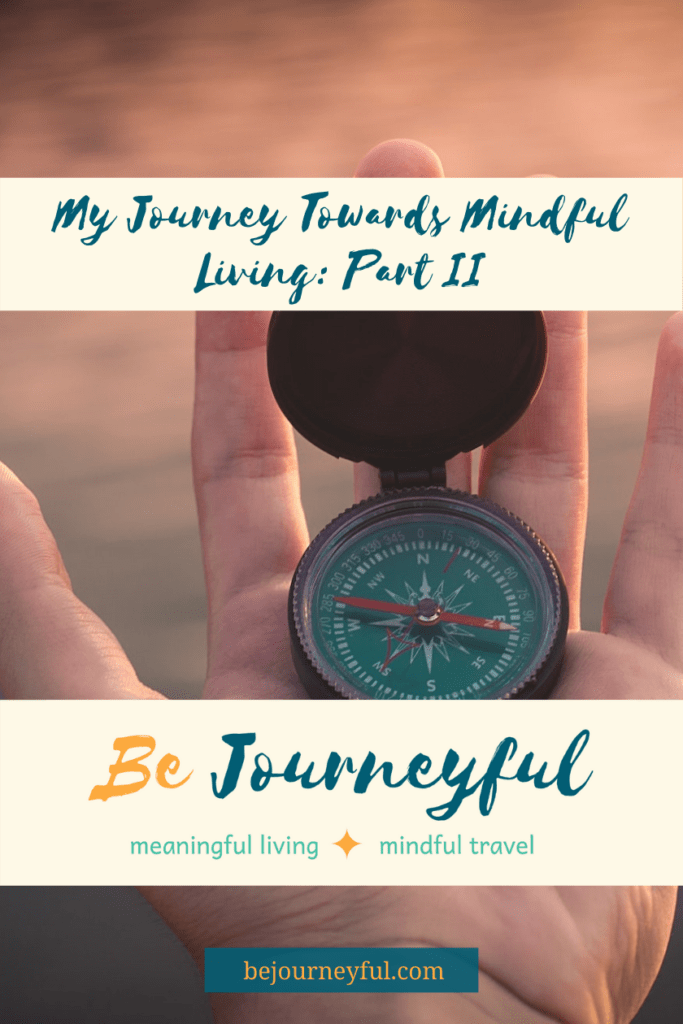
Recent Comments